Here is Liam pictured with guns he made from scratch! A fabulous demonstration of creativity and workmanship! Well done Liam!
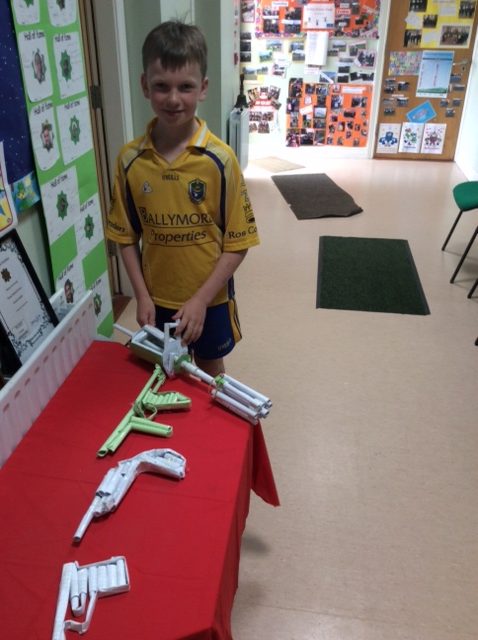
Here is Liam pictured with guns he made from scratch! A fabulous demonstration of creativity and workmanship! Well done Liam!

The children were asked to research, design, plan and build a bridge longer than 30cm. The bridge also had to sustain the weight of a bag of sugar for at least 5 minutes. The children experimented with different types of materials and techniques during the construction process. The results were outstandingly creative!
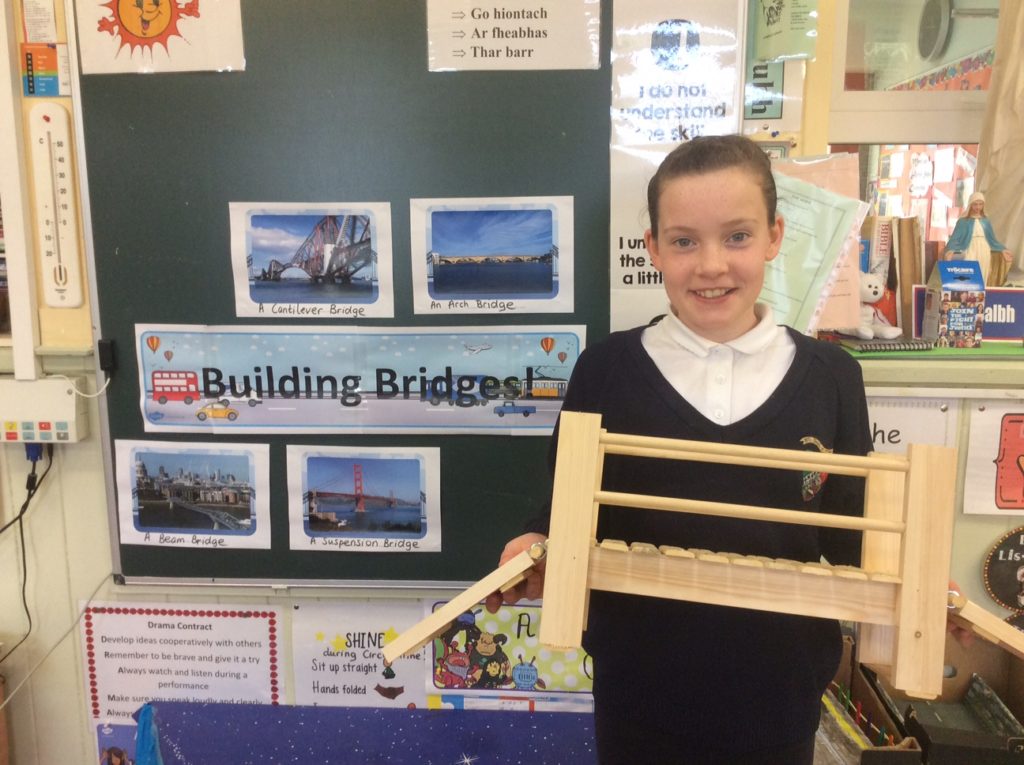
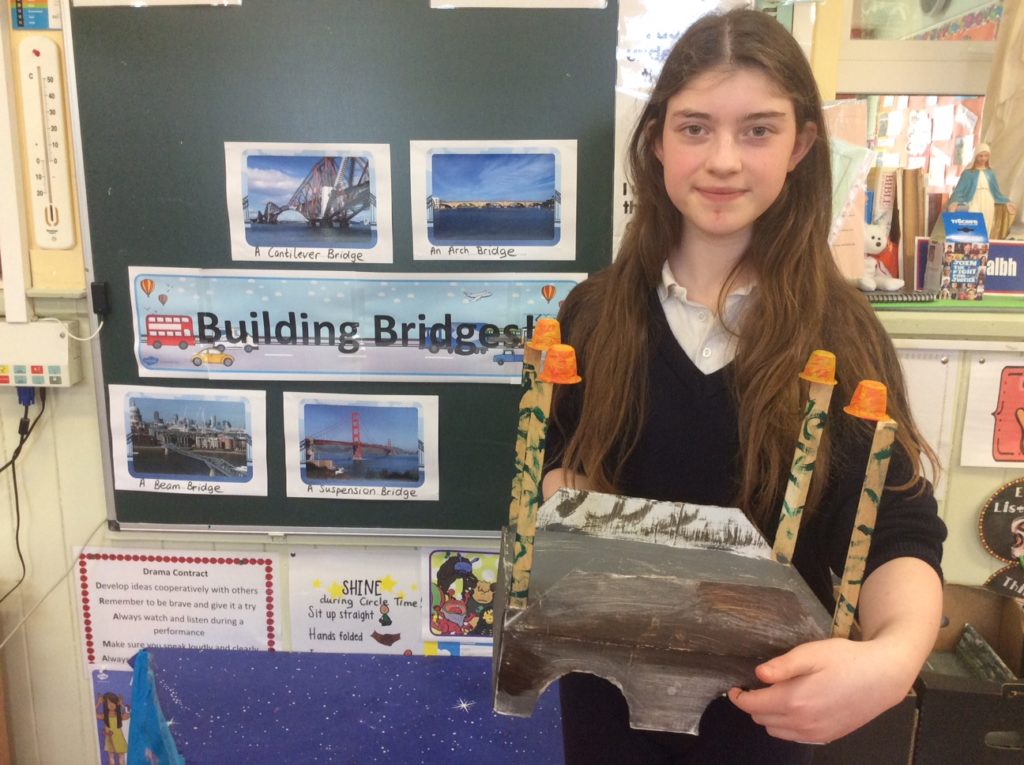
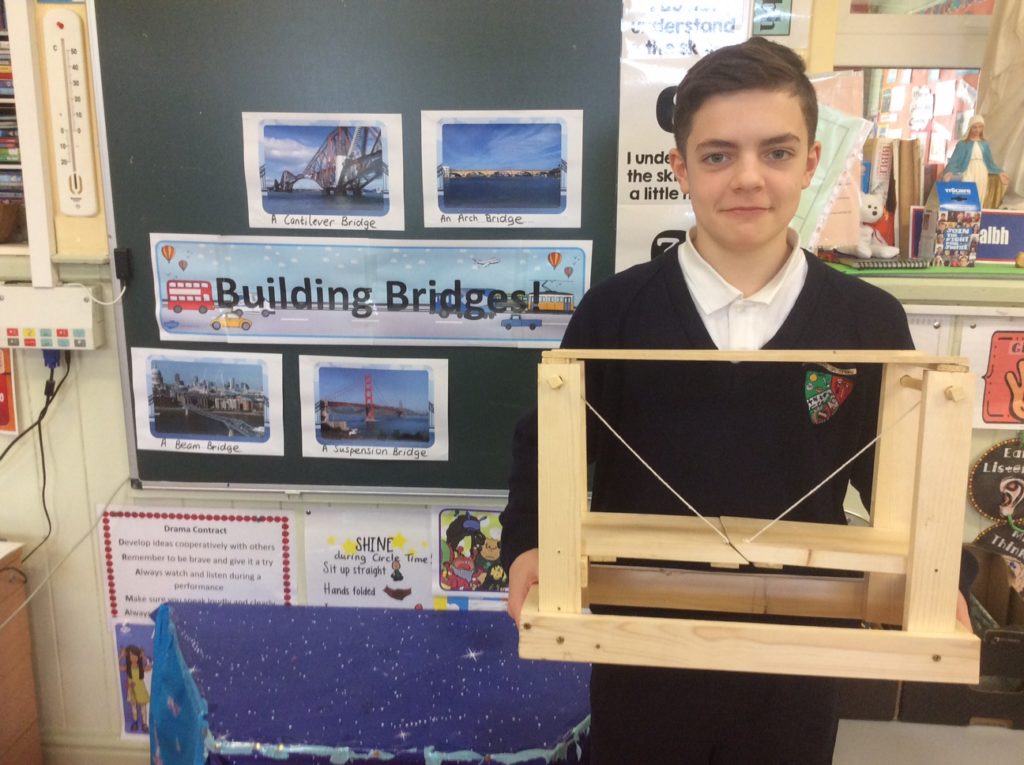
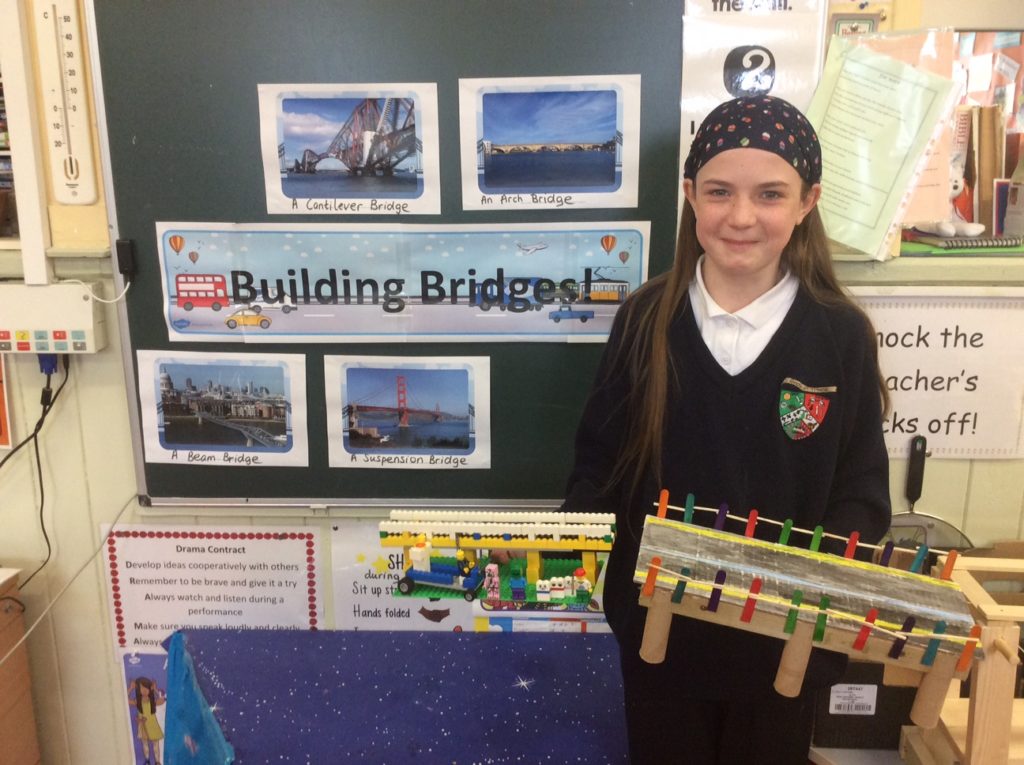
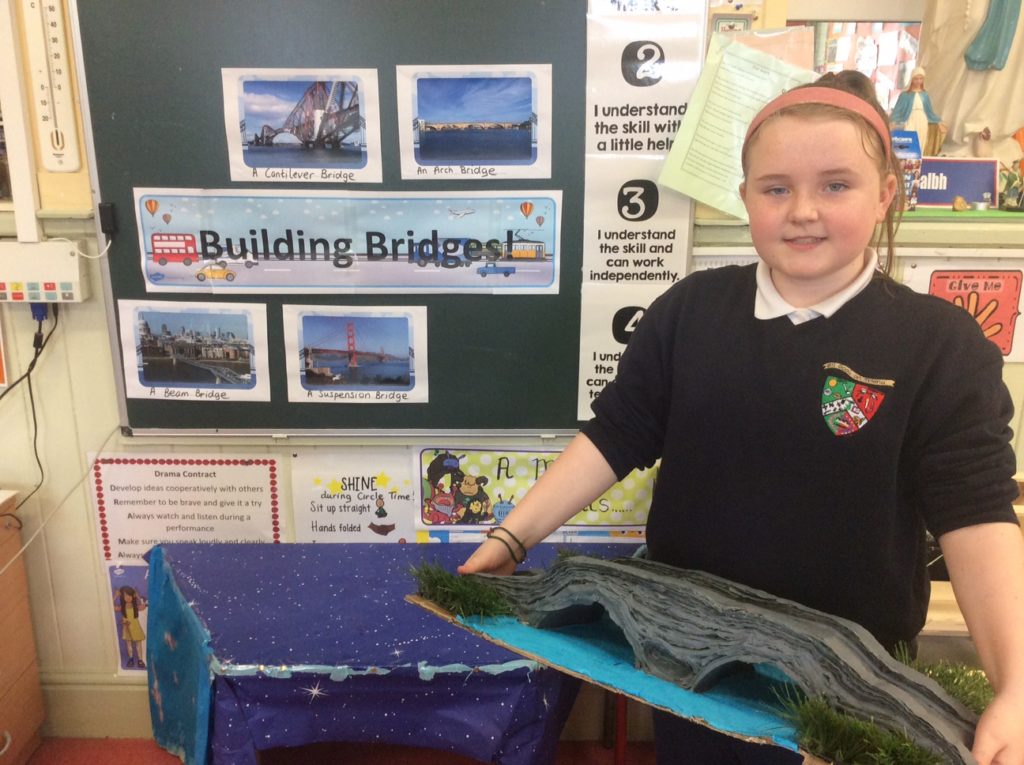
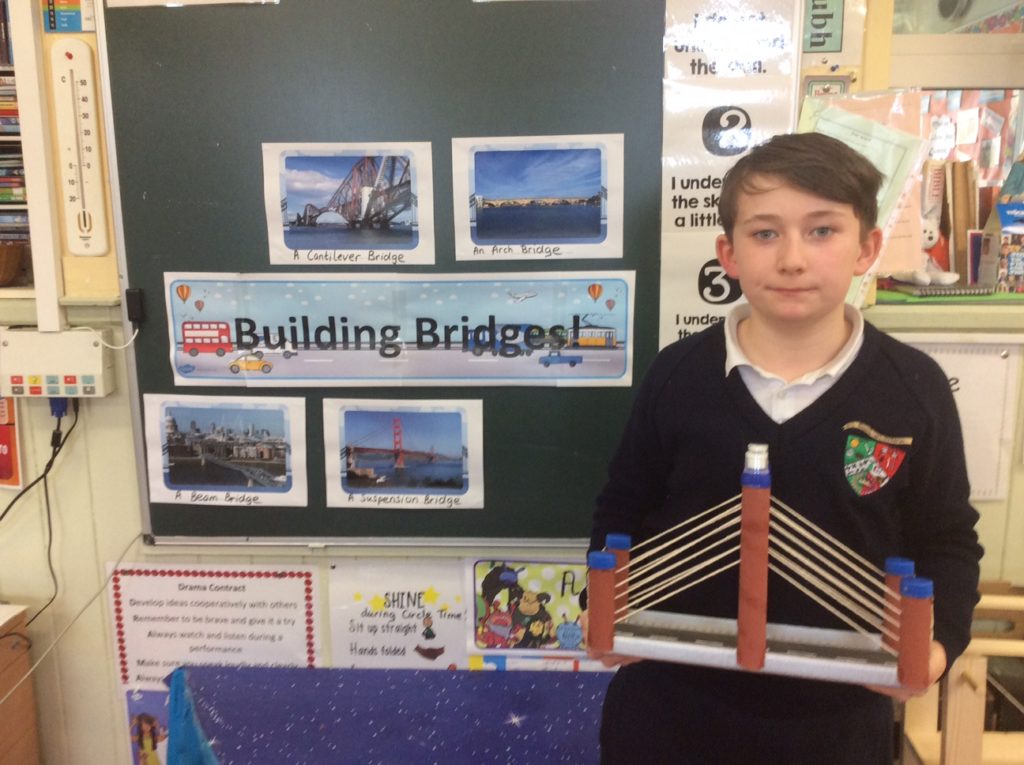
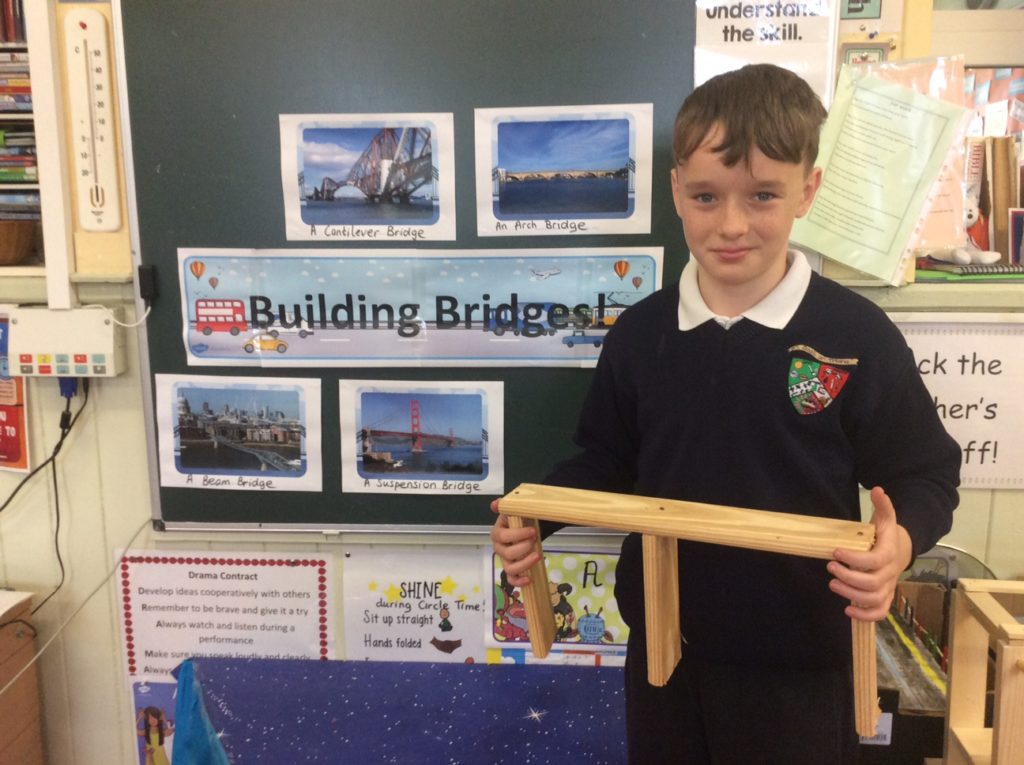
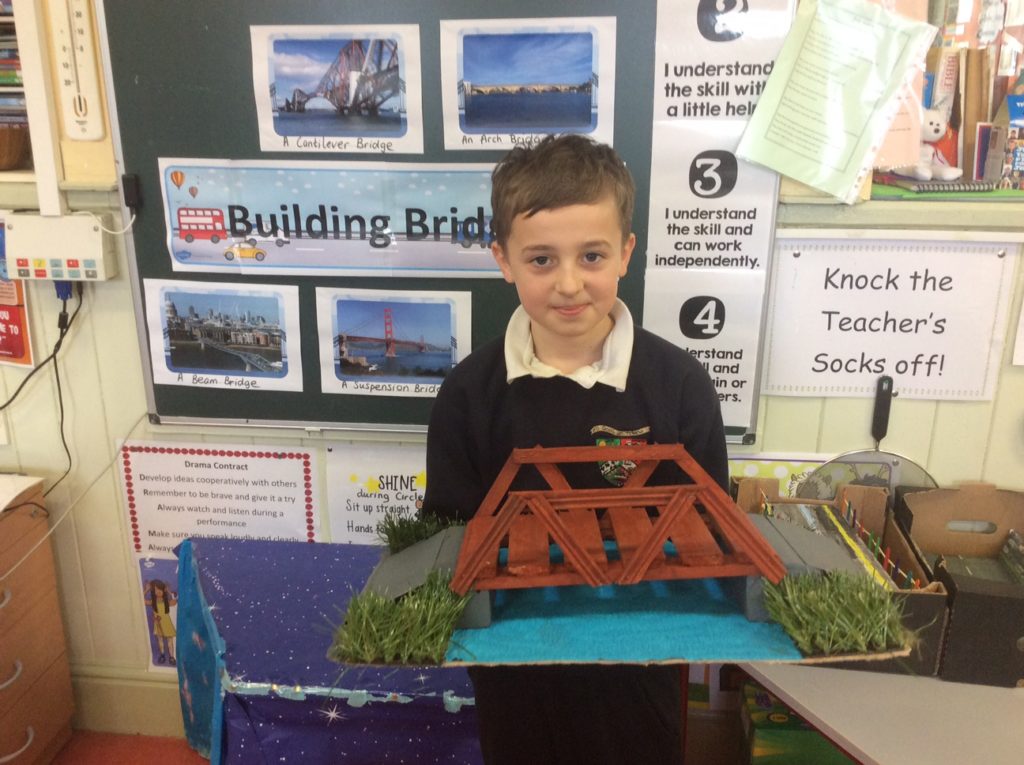
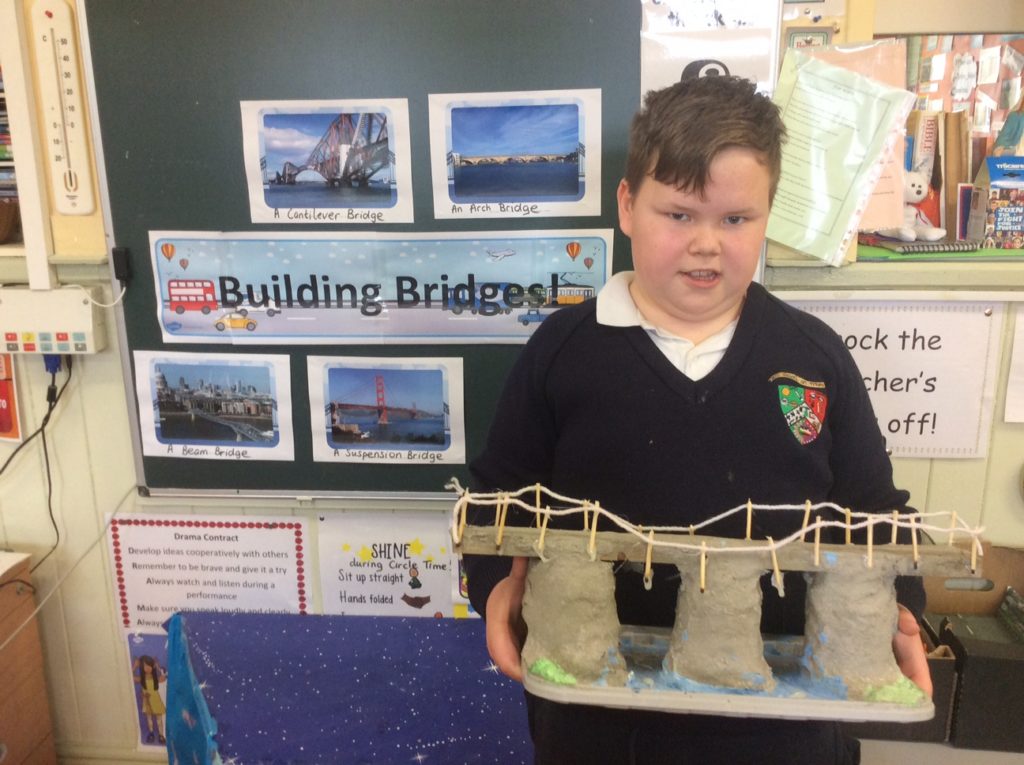
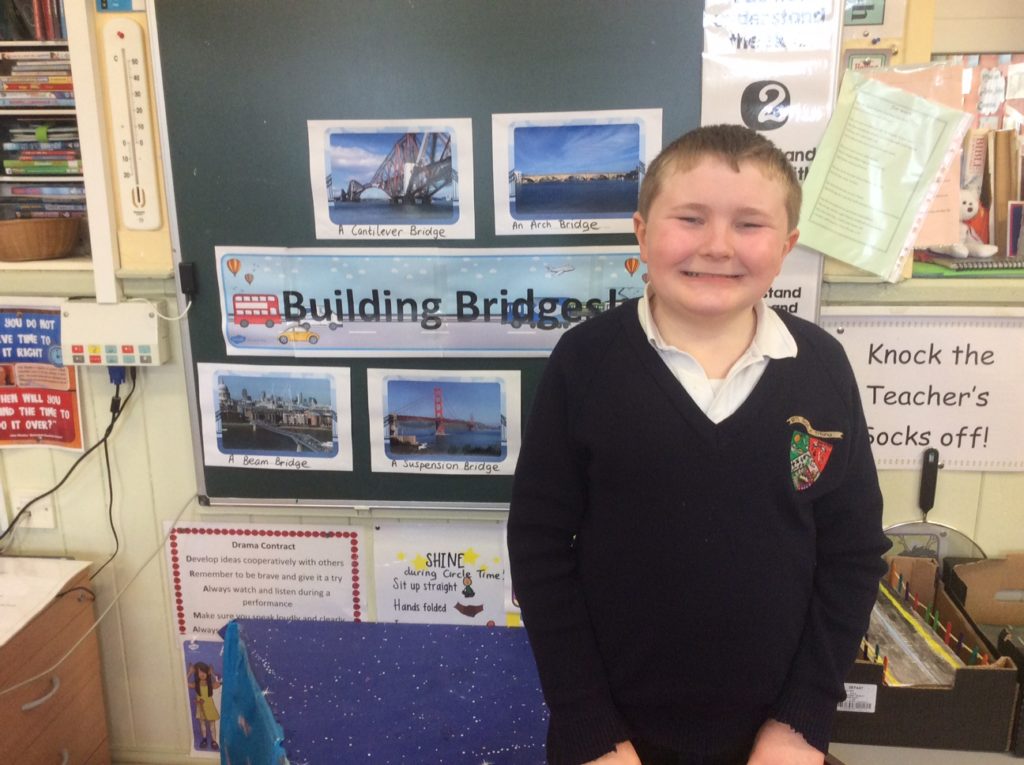
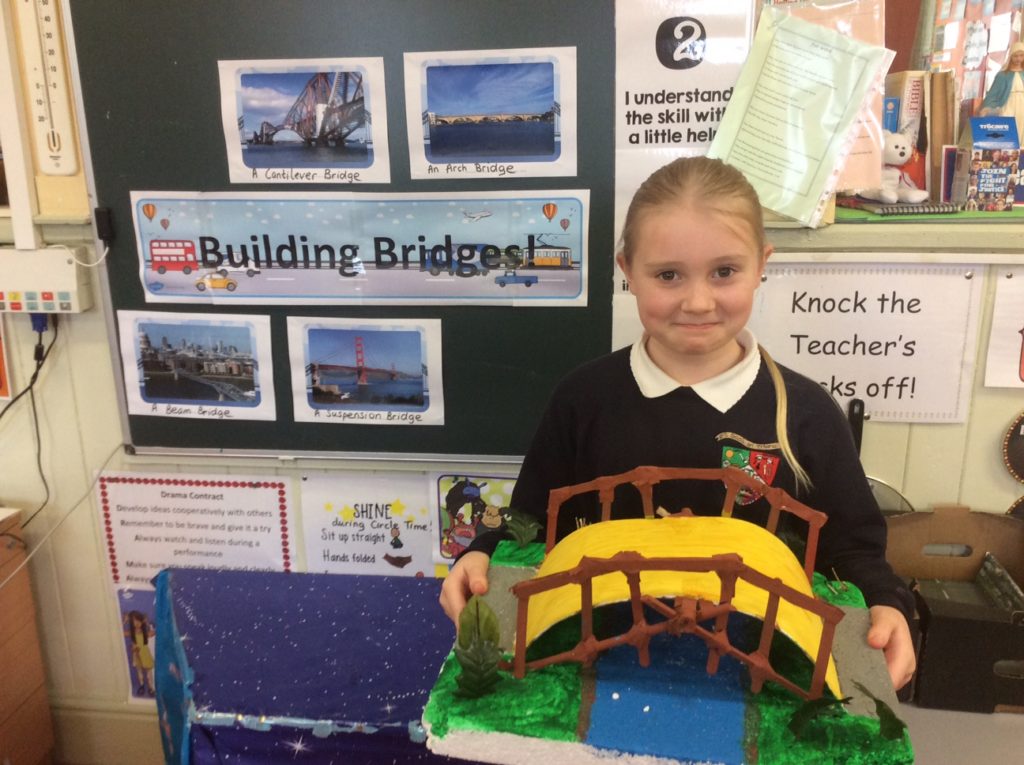
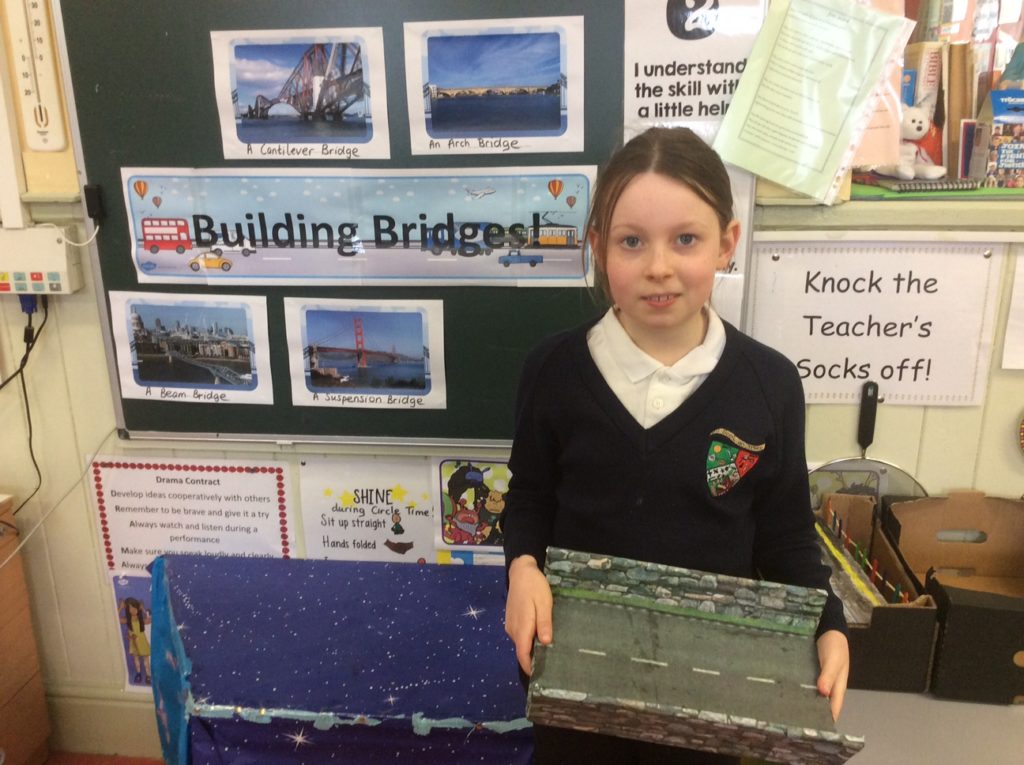
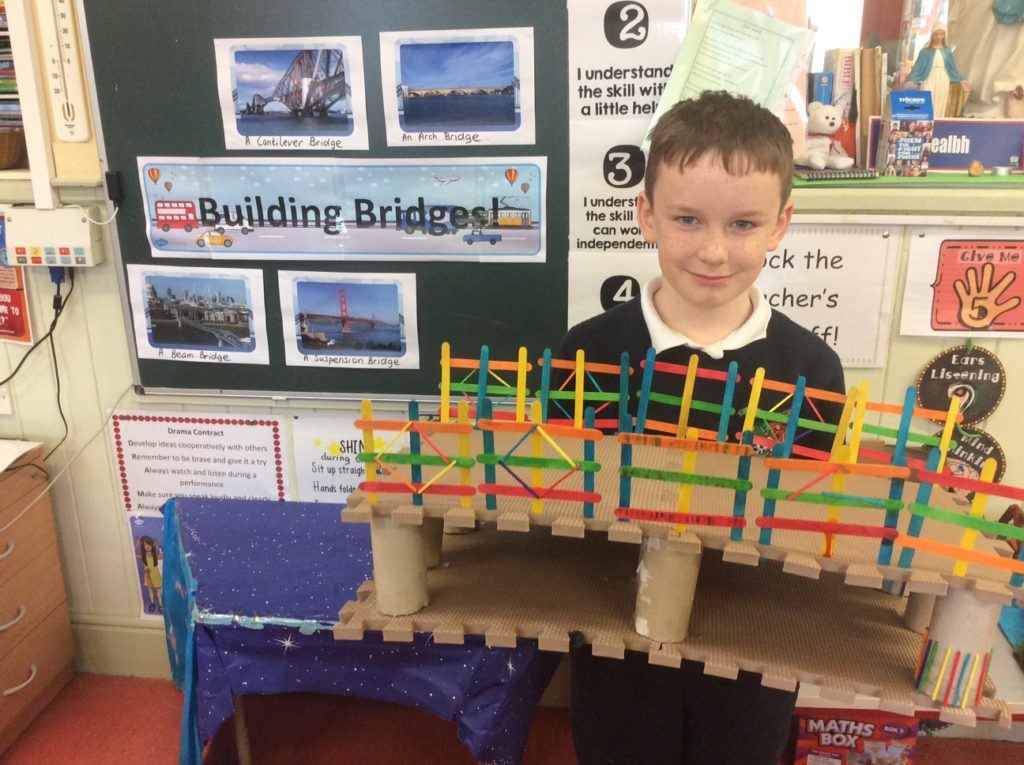
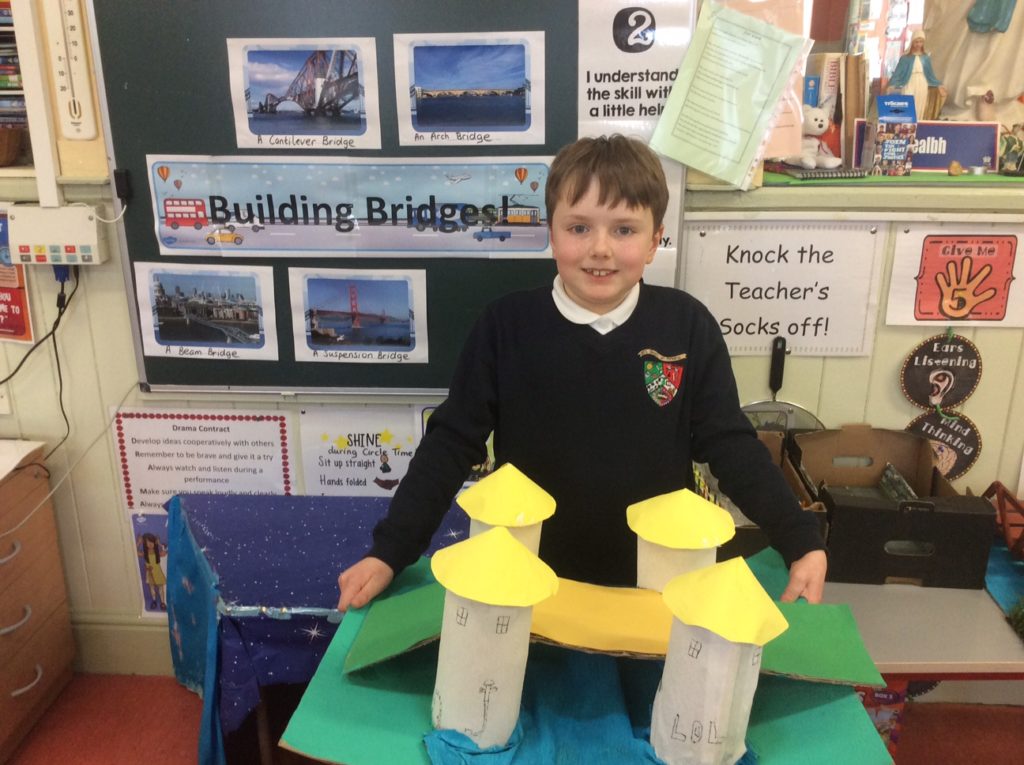
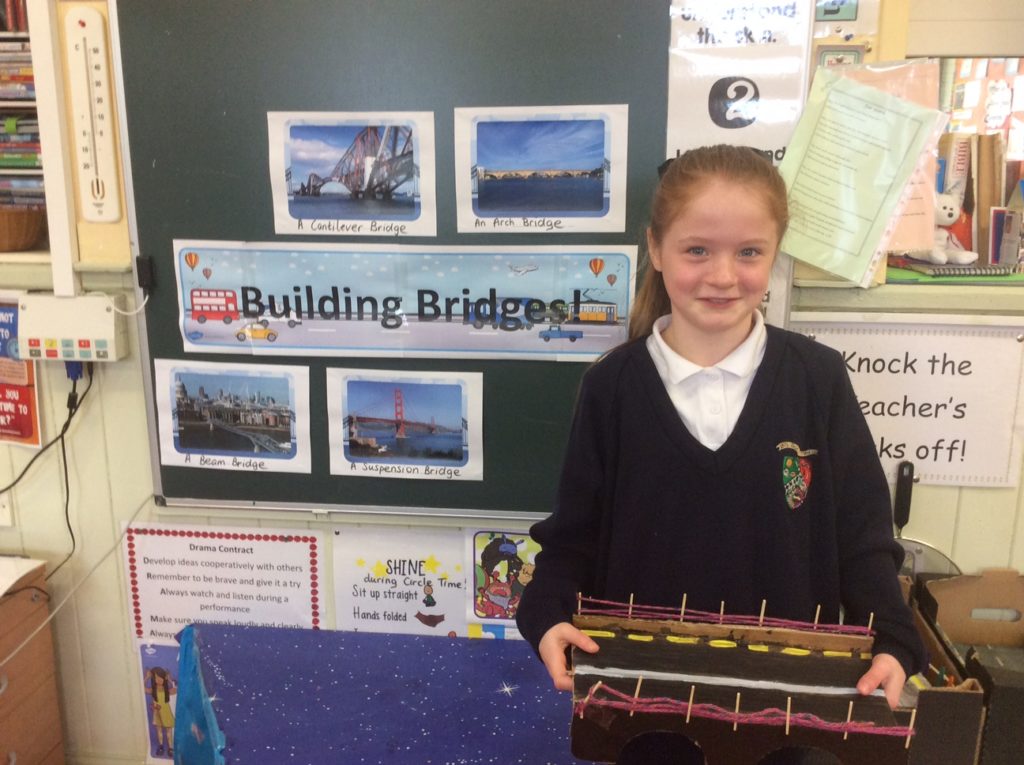
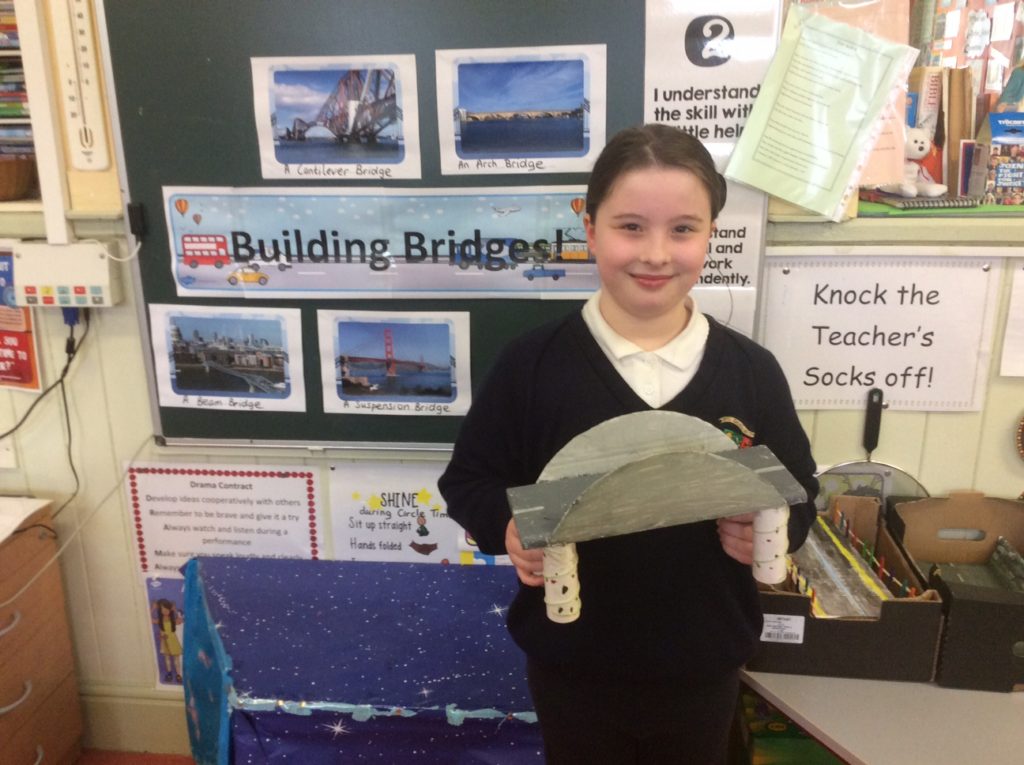
Engineers are naturally curious about how things work. In this activity, the children built a cradle using sellotape and straws. Their goal was to ensure that their raw egg landed safely on the ground when dropped from a height of 50cm. Some of the cradles they built were not big enough and the egg cracked. Other succeeded! All part of the exploration process 🙂
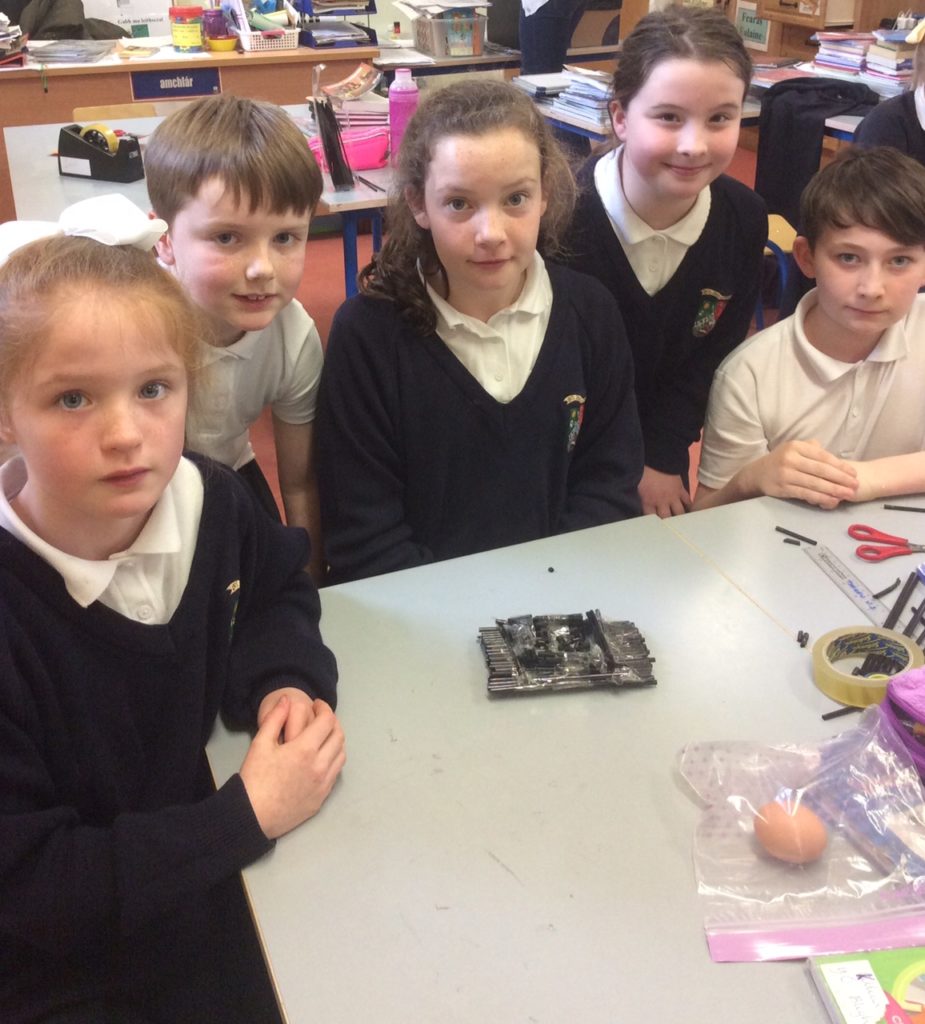
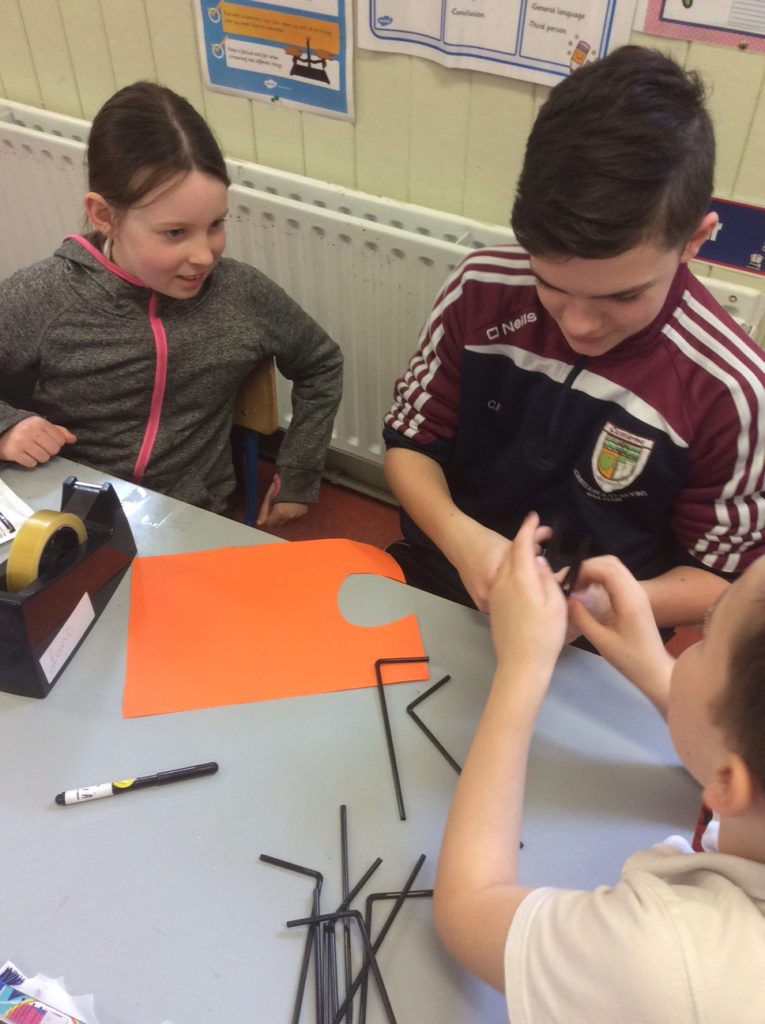
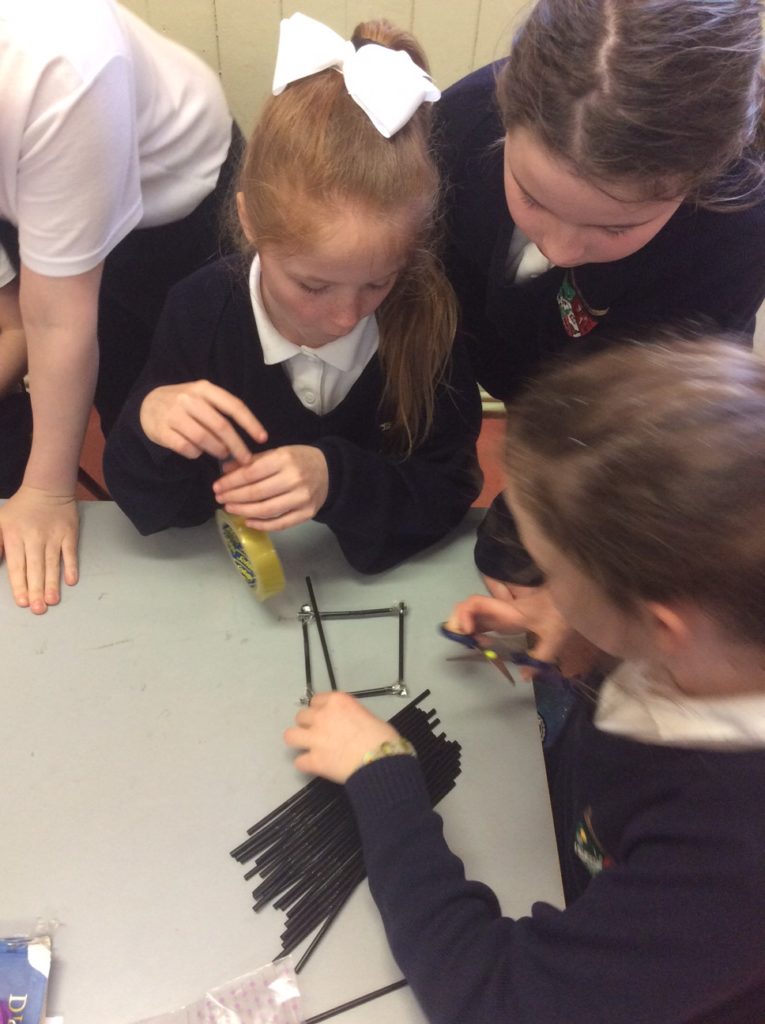
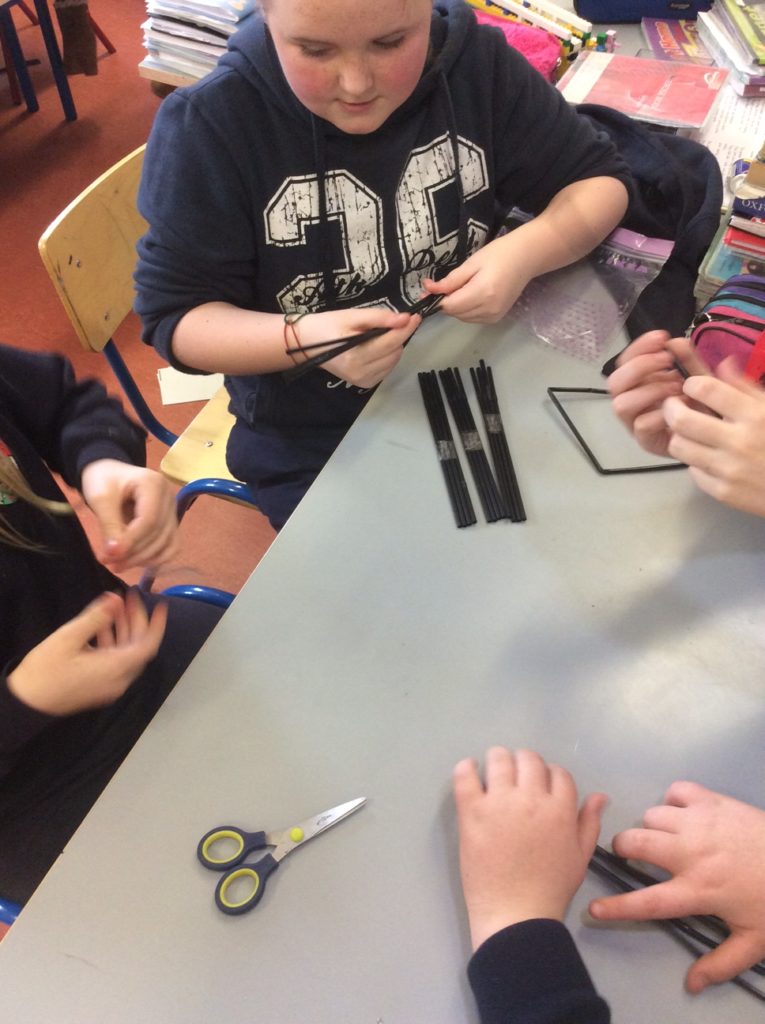
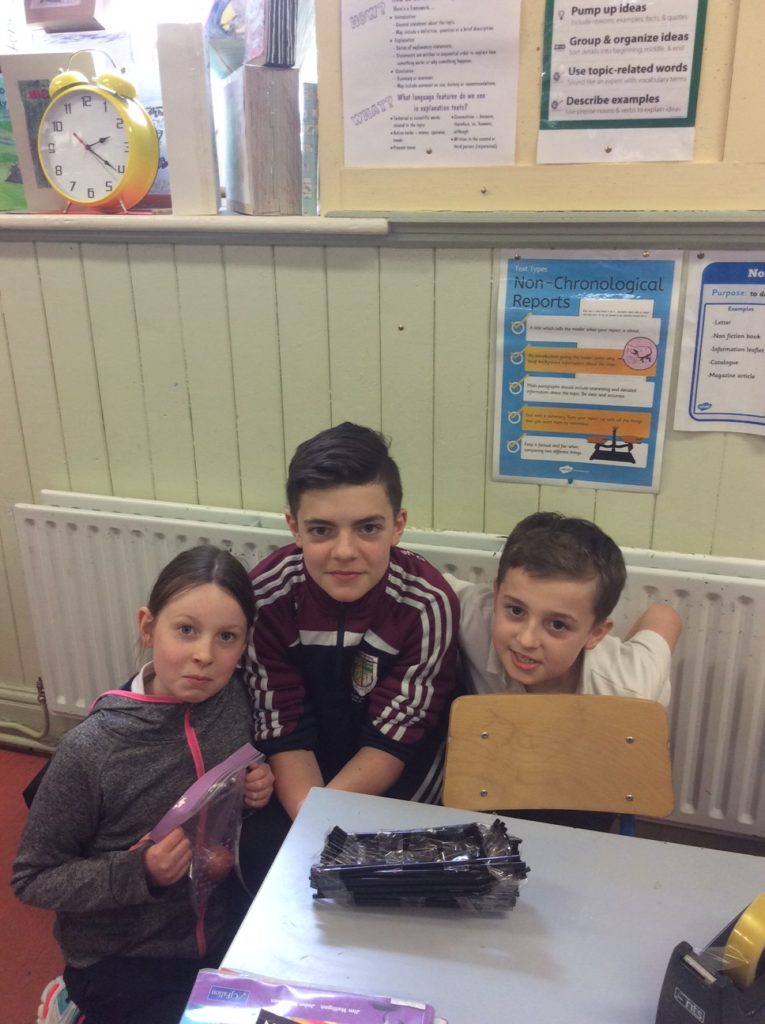
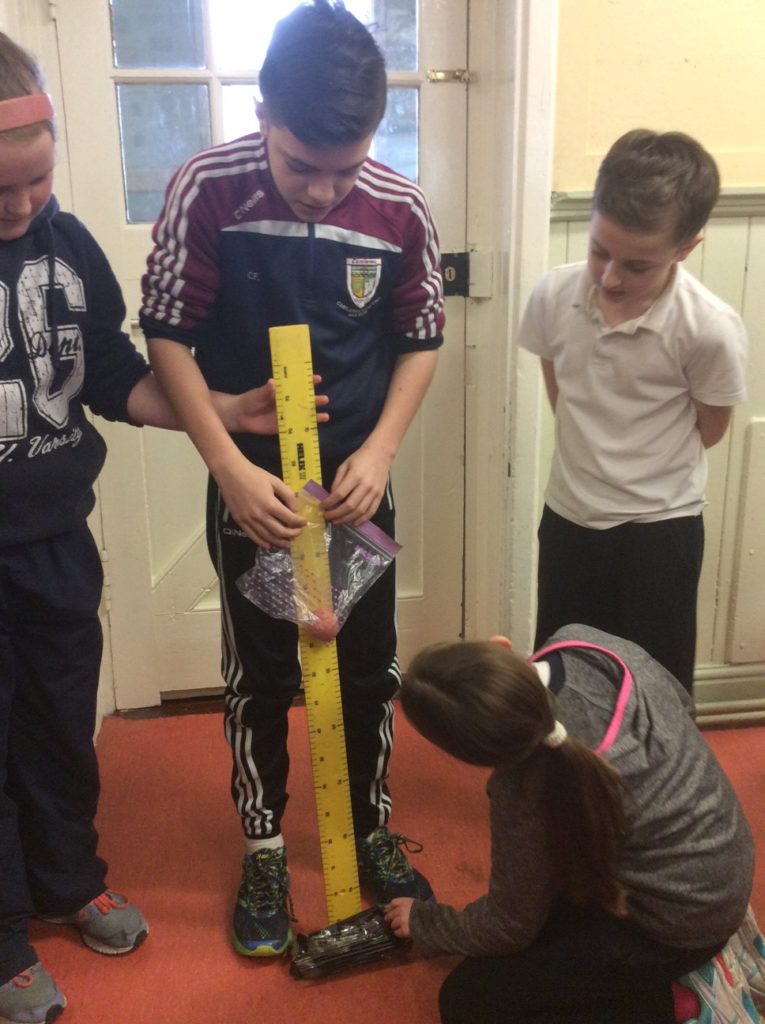
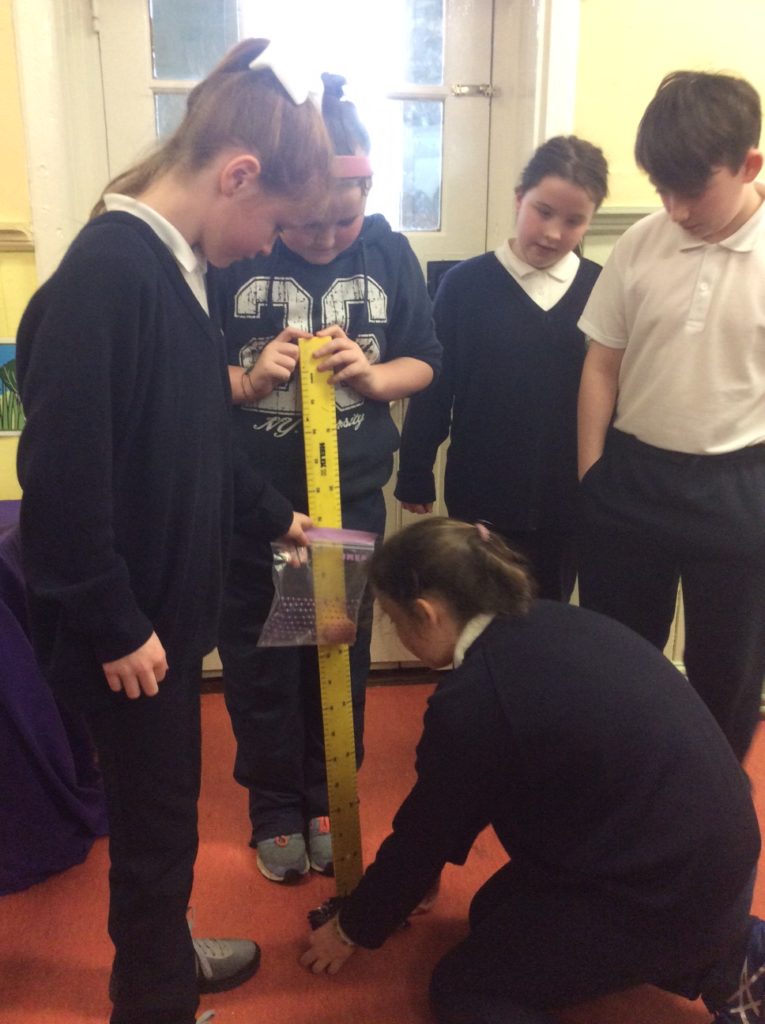
In preparation for our visit to a real windfarm, the children had a go at making their own windmills! On windfarms there are large windmills and the force of the wind turns the windmill around. This mechanical energy is used to make electricity. Windmills are becoming popular in Ireland because wind energy creates cheap electricity, windmills do not pollute the atmosphere and the wind will not ‘run out’. In this activity, the children started with a square template and pulled the corners into the centre point to create the wheel of the windmill. Then they stuck the wheel into the unsharpened end of their pencils and viola! Paper windmills were created!
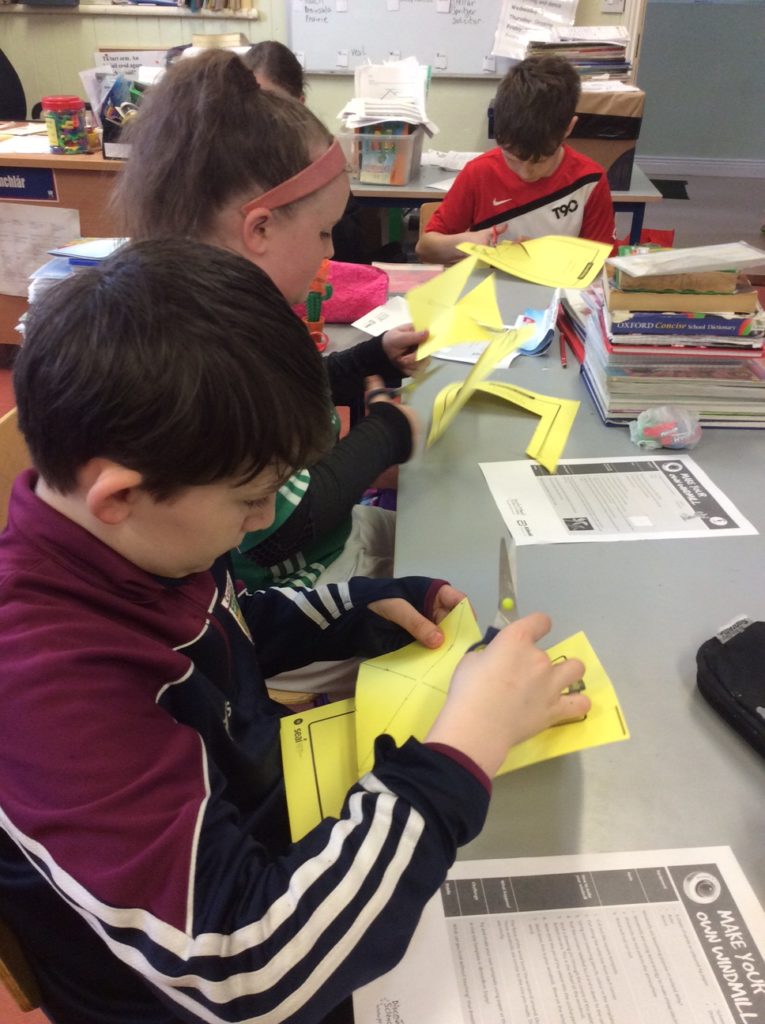
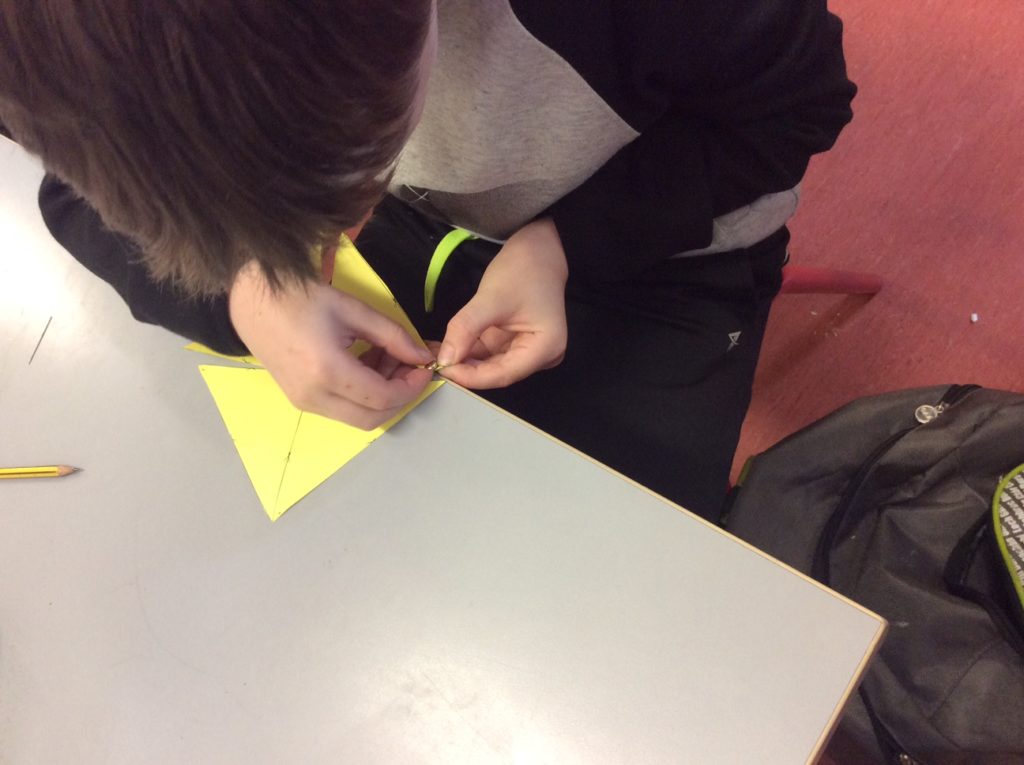
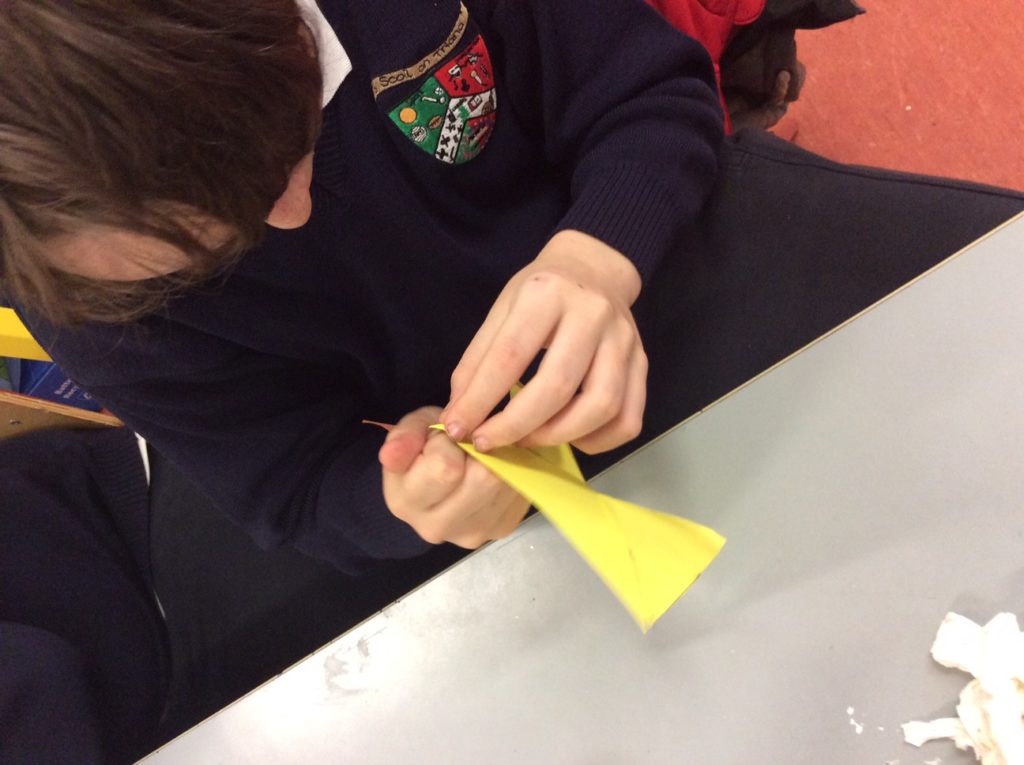
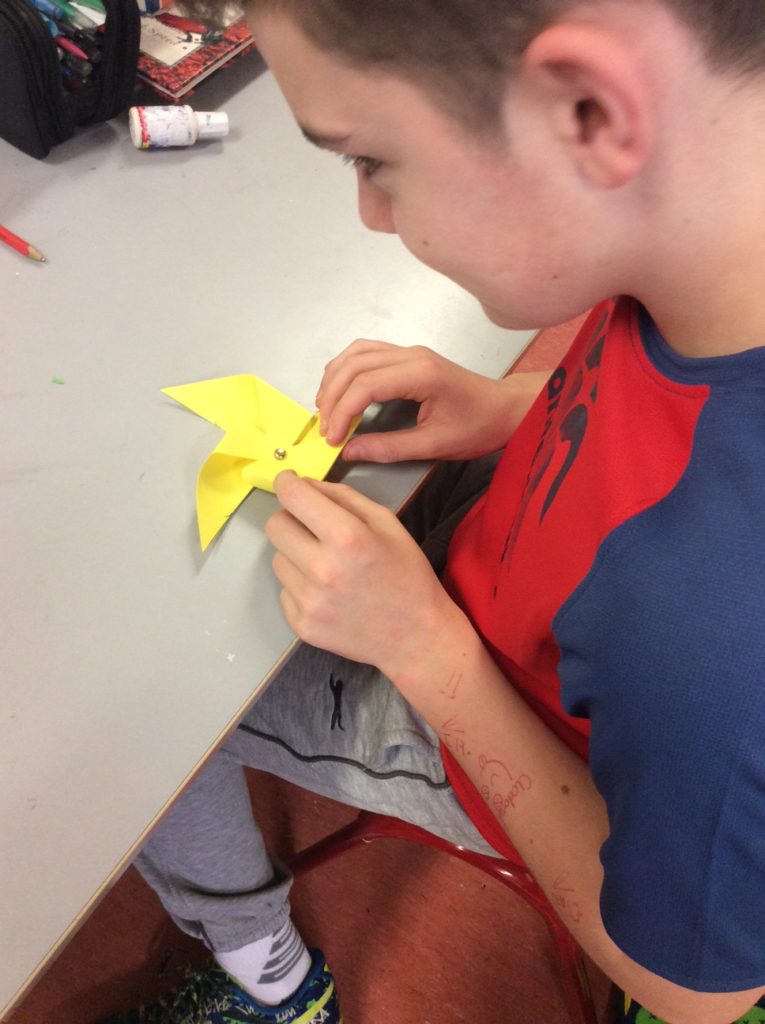
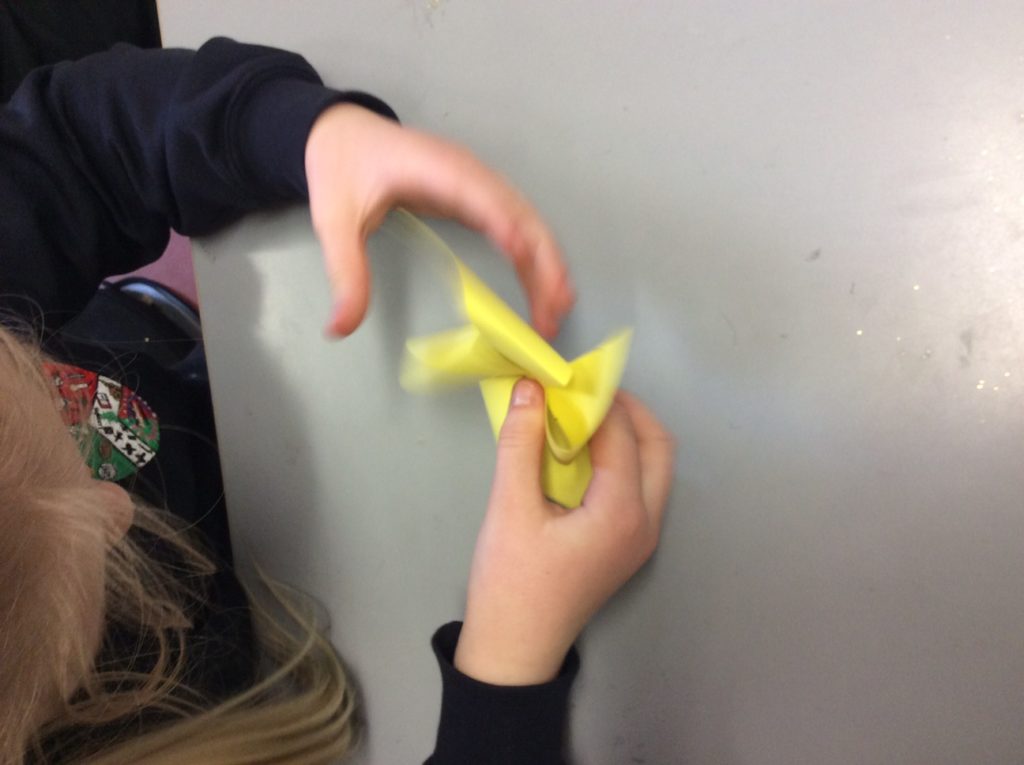
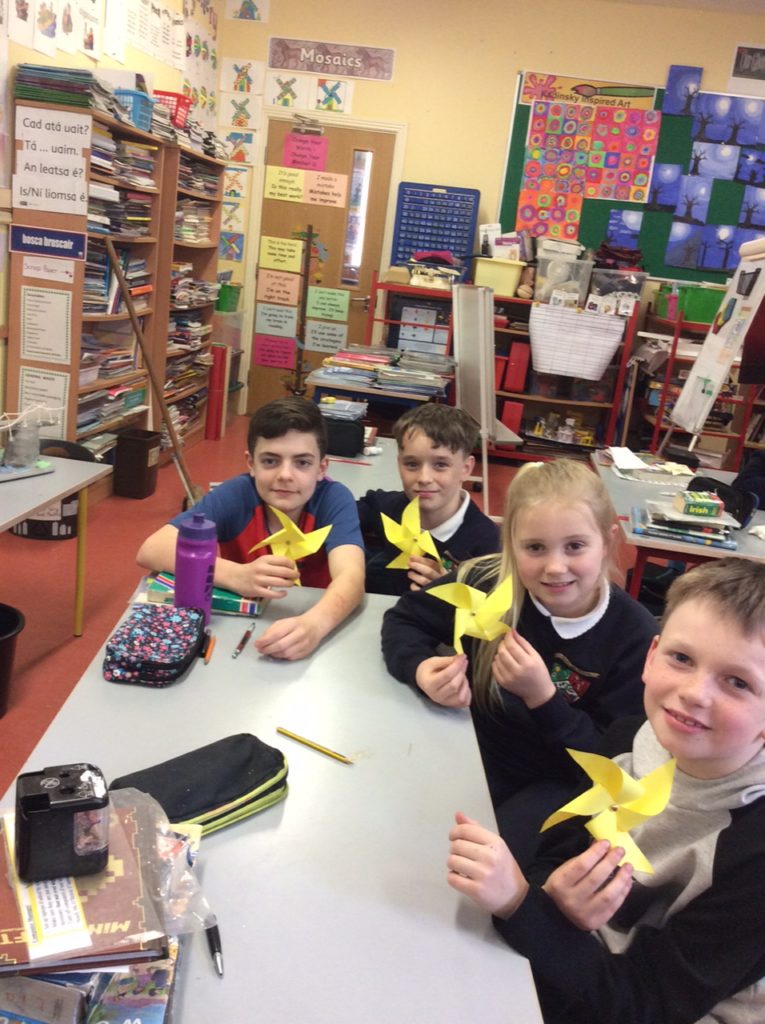
Engineers love solving problems! Our little engineers are no different! In this activity, the children had to design, plan and create a pinball machine using a cardboard box and other recyclables. Their goal was to ensure that a marble rolled freely from its starting point right to the finish line!
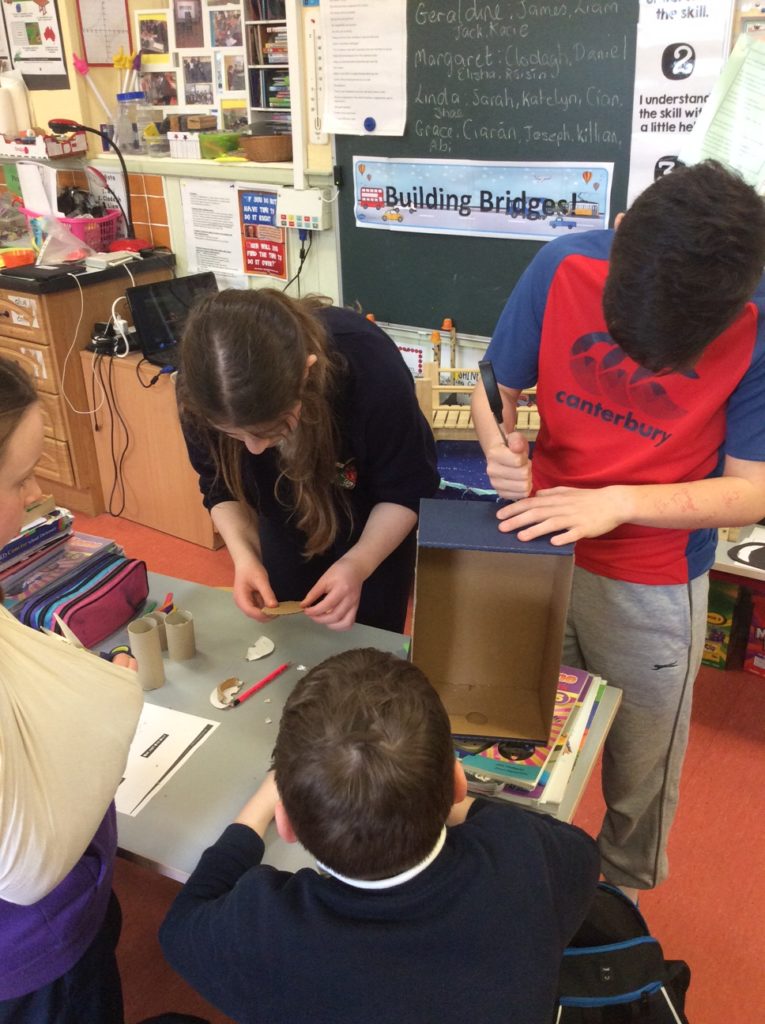
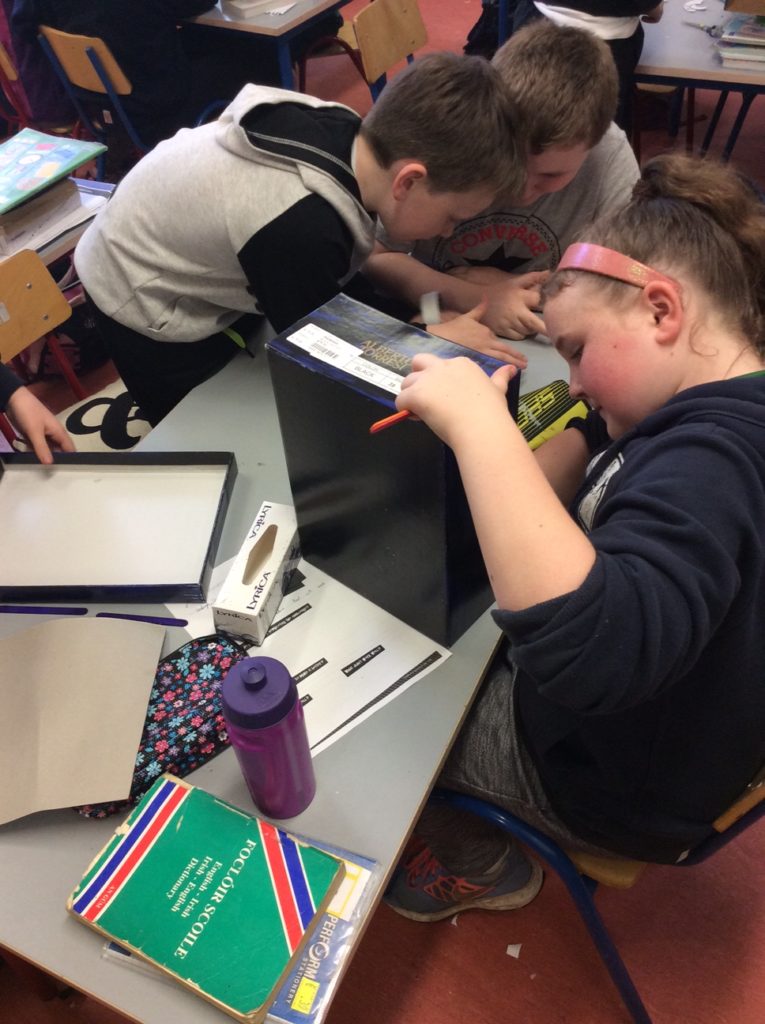
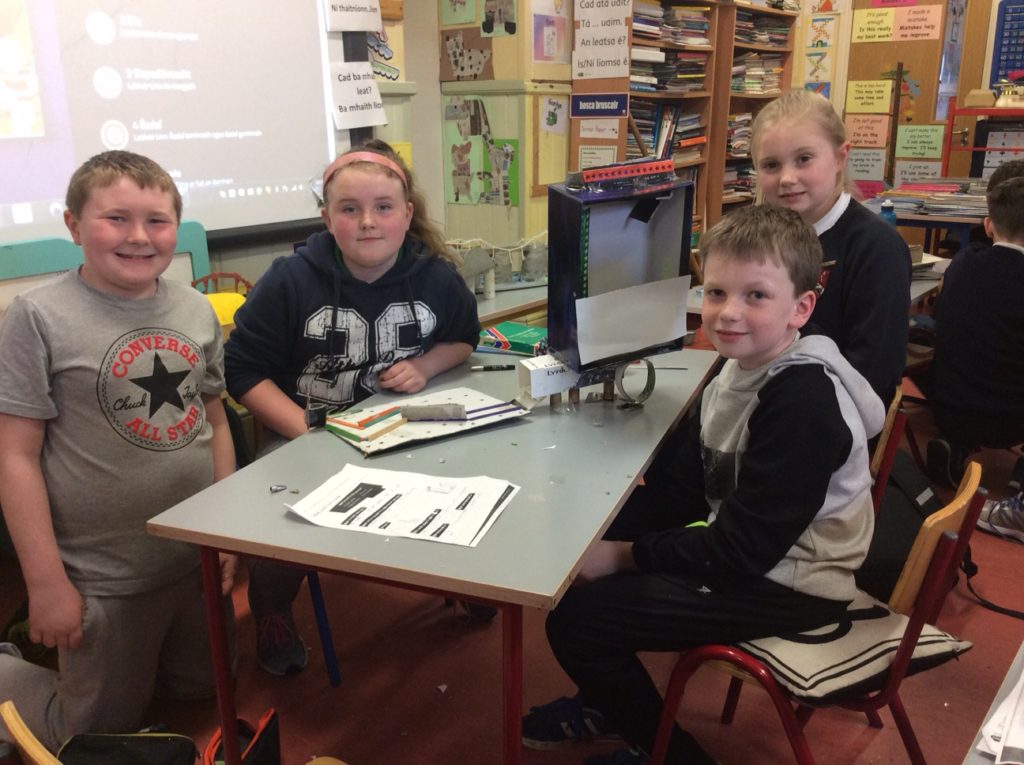
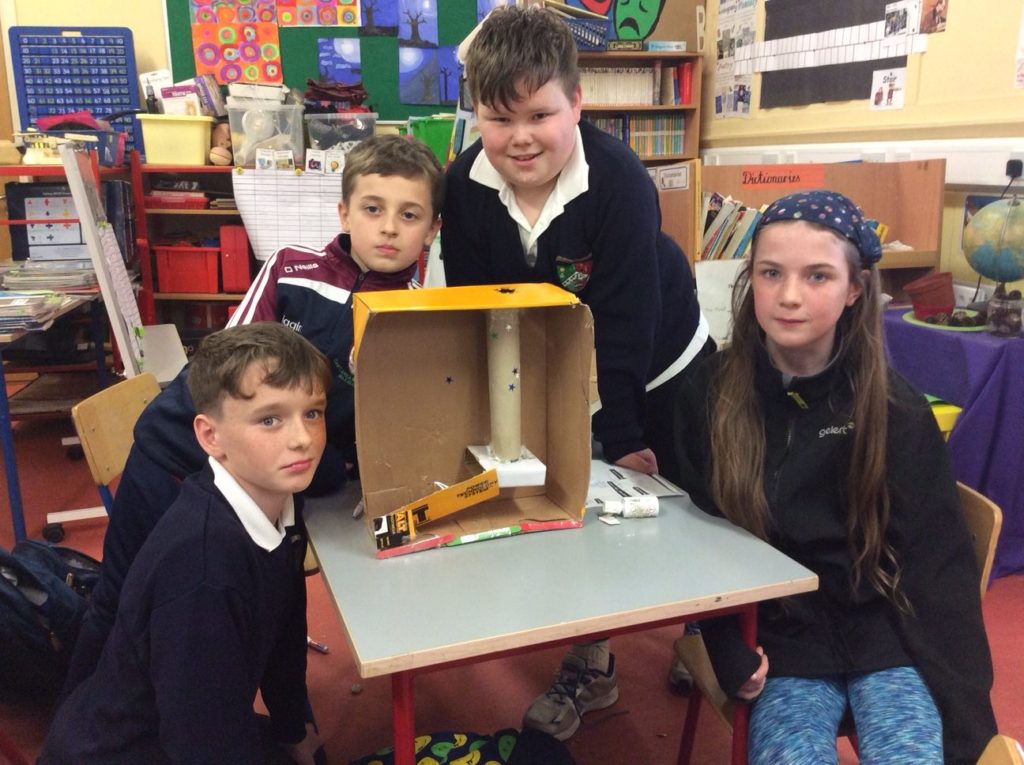
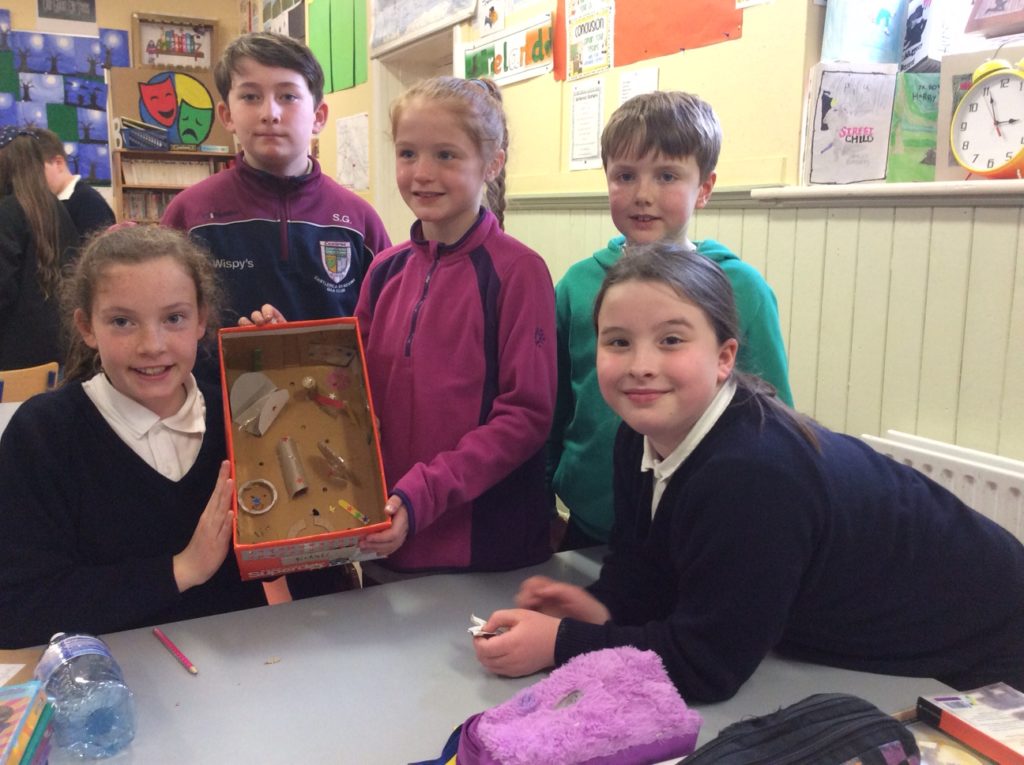
On our tour of Castlerea, our local town, we examined the types of bridges built in the past to add to our knowledge of ‘bridge engineering’.
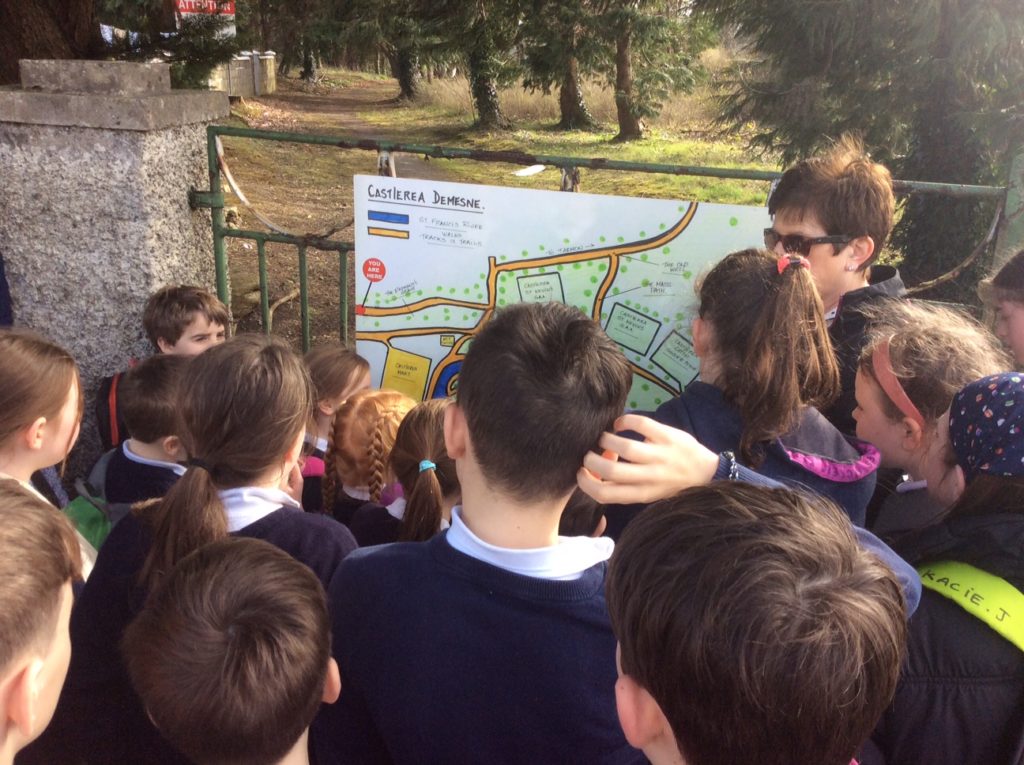

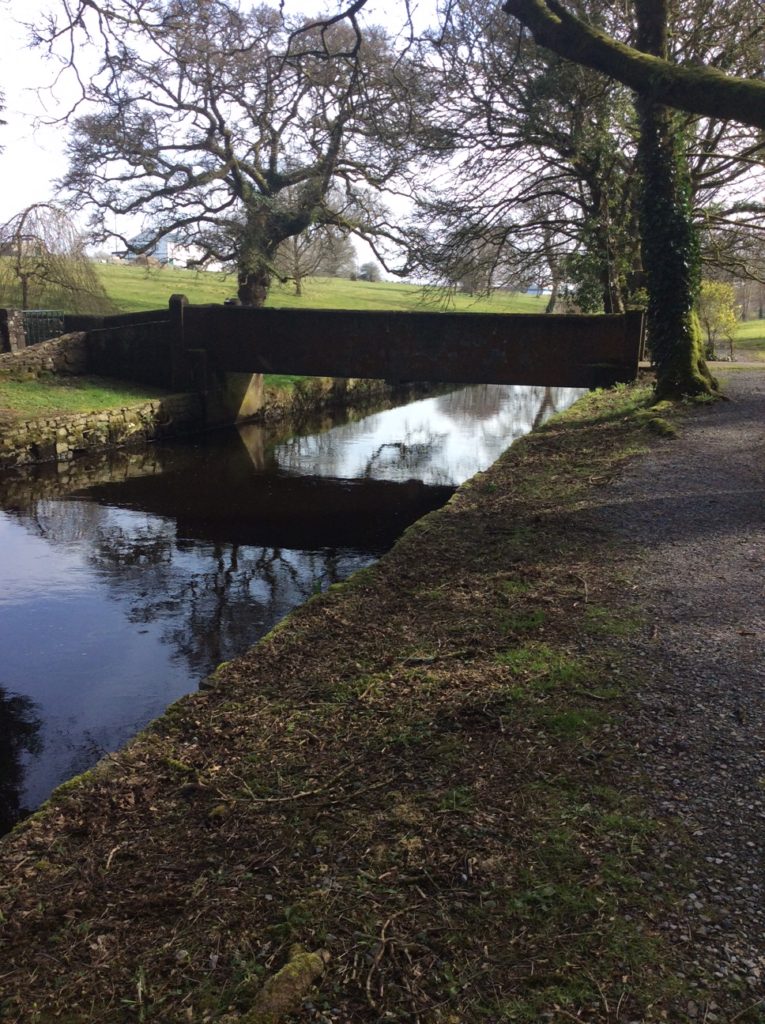
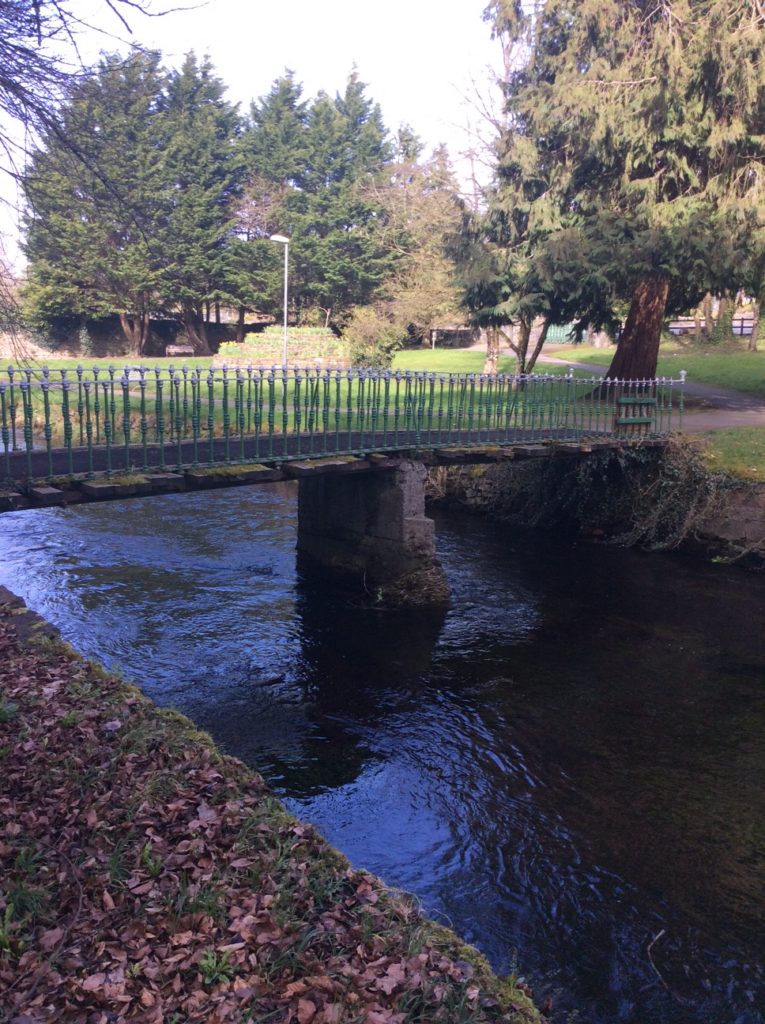
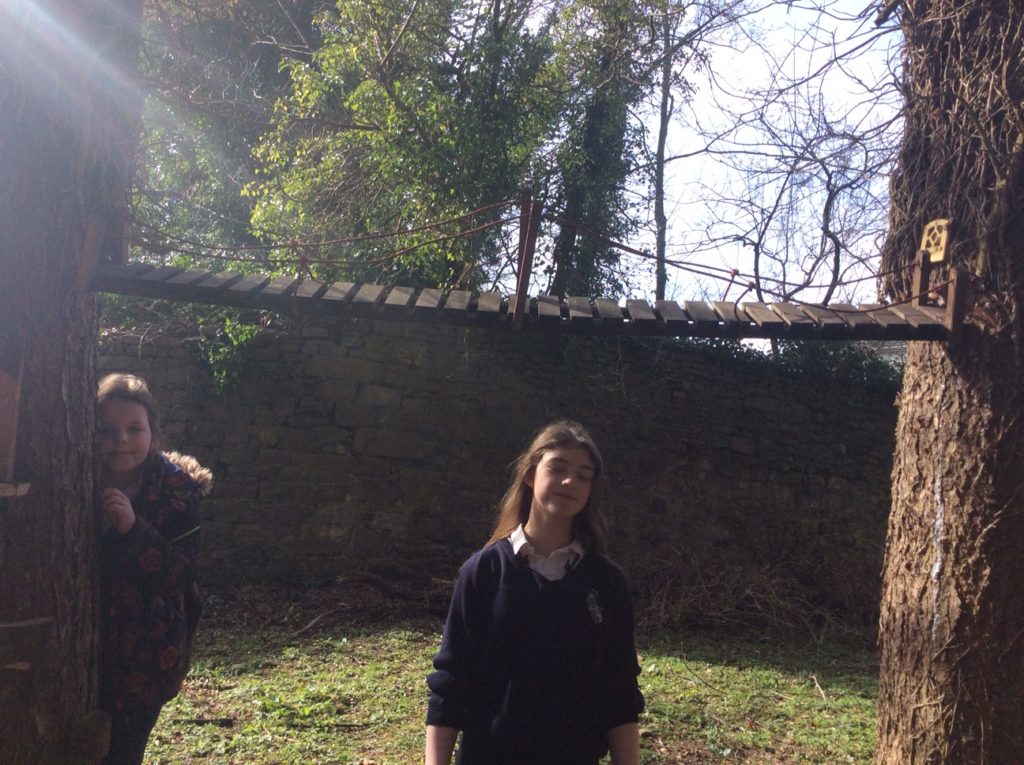
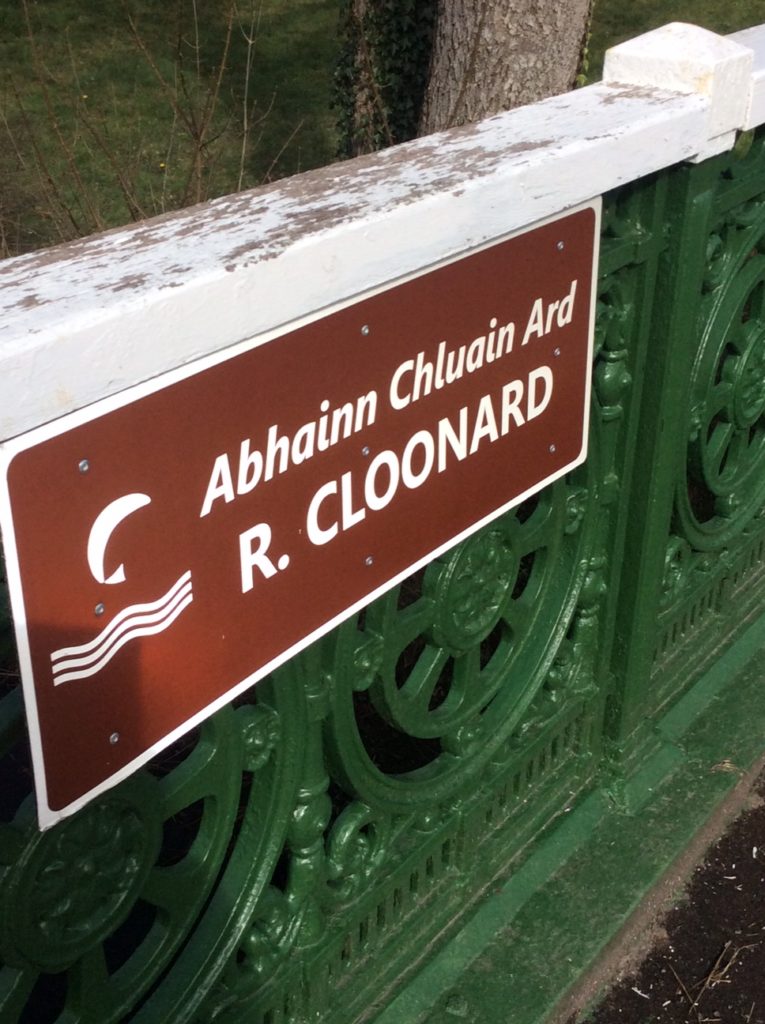
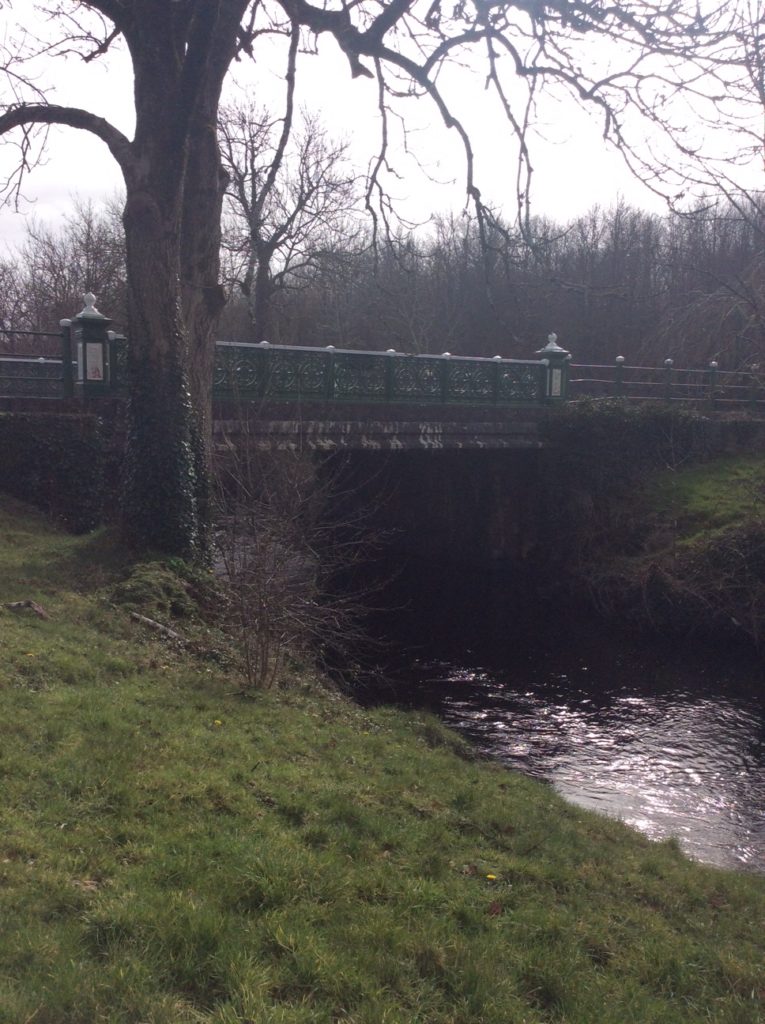
On March 16th, Peter Brett from Eco Power took us on a guided tour of his family’s wind farm. Eco Power rent the land on which the turbines are built from local farmers. Houses must be at least 500m away from these turbines.
These 32 wind turbines were built in 2004 and are remote controlled. They produce enough energy to power between 450 and 600 homes daily. Their blades can turn 360 degrees to suit the wind direction. The blades flatten out when they are stopped.
The main parts of the wind turbine are the tower, the hub and the fibreglass blades. It takes less than 1 day to assemble a wind turbine, the foundations and Renee bolts are put in place over 3 days and then they must wait for a calm day. The 2 towers are placed one on top of the other by a crane, then the macell box, the blades and finally the hub. Enercon and Vestes are the two companies who have built the wind turbine son this wind farm. Peter and his team maintain the Vestes wind turbines but Enercon monitor their own.
Electricity is produced when the mechanical turning force of the blades is changed to electricity in generator. This energy is then changed to a high voltage, low amp state so it can be transported to Eco Power’s substation, the power station in Castle ar to its final destination, the national grid. Currently, wind energy provides for 30% of Ireland’s energy needs.
Every part of the wind turbine is recyclable except the blades, which range from 48m to 52m in diameter on this farm. Some newer turbines are 2 and a half times the size of these. The strongest winds on this farm come from the West but the day we were there, the winds were coming from a Northwest direction. Eco Power’s grid connection allows for 35 turbines only so the next 3 will be erected in the coming year.
The children had a wonderful day and we thank Peter for taking time out to show us around!
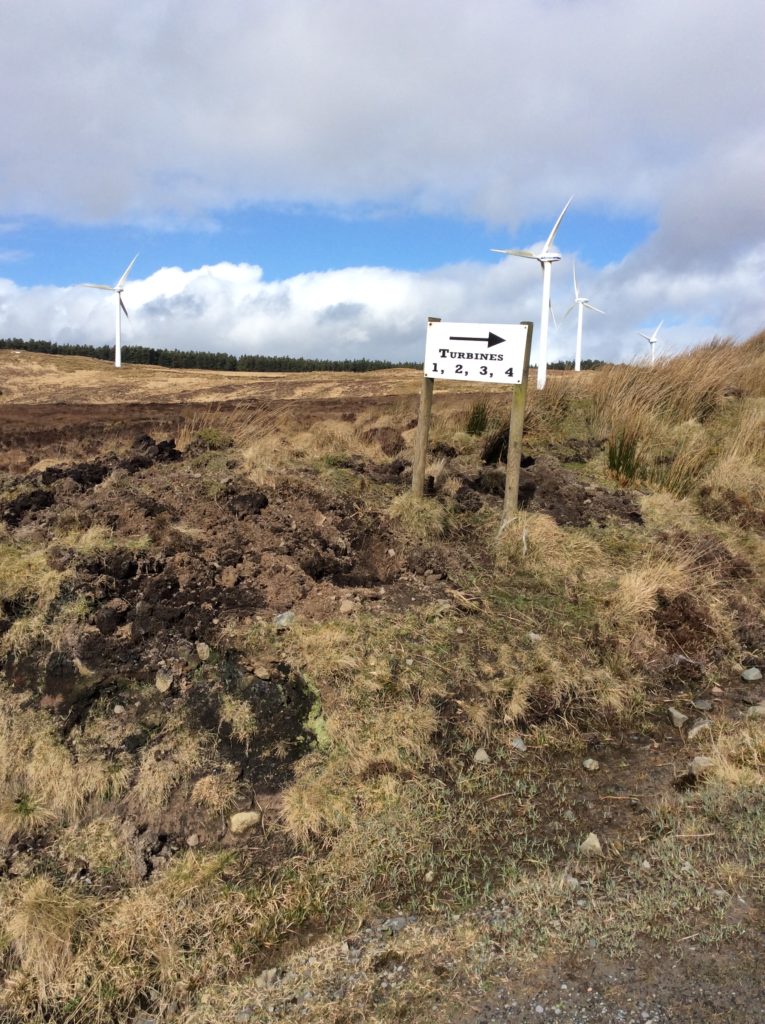
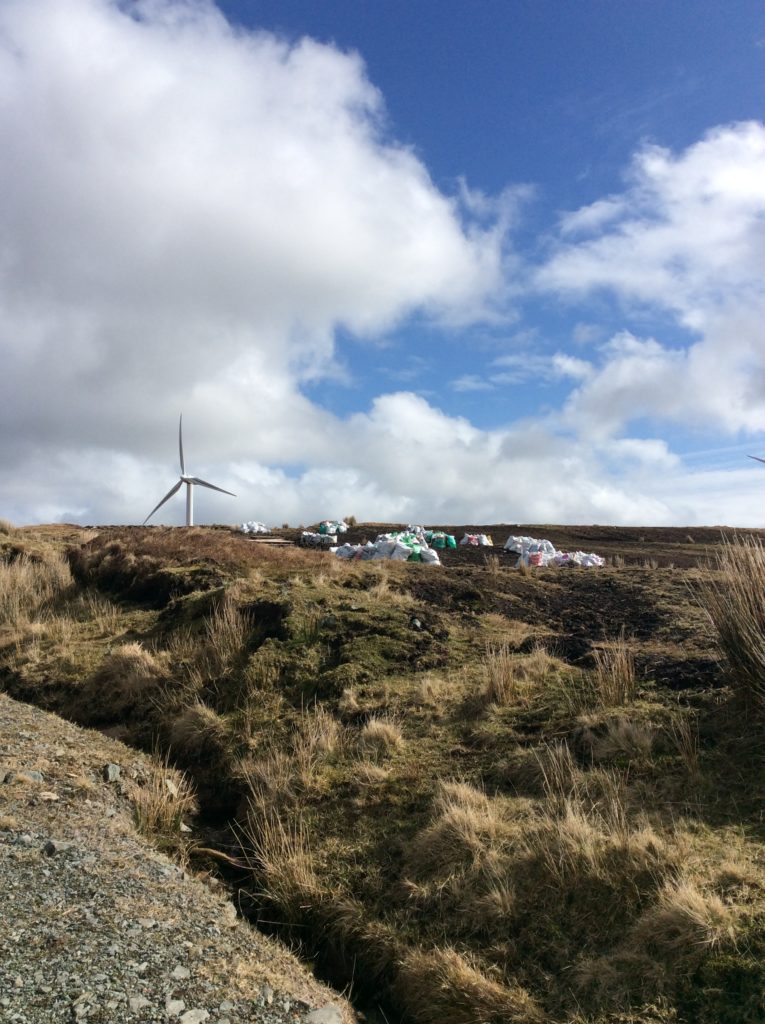
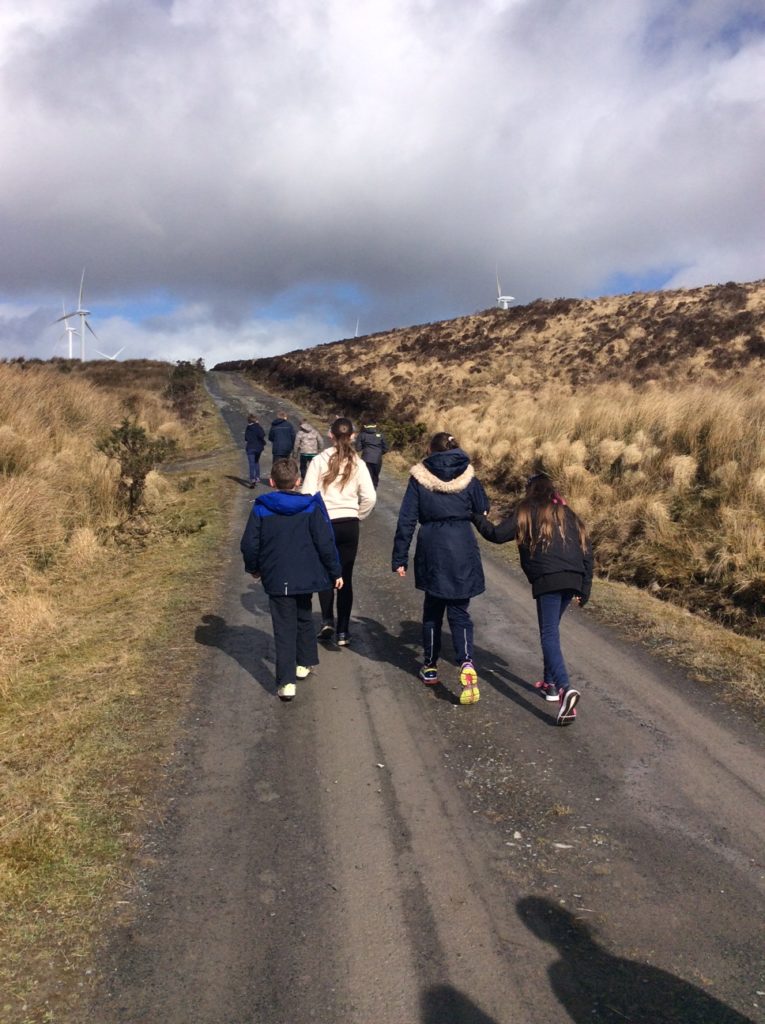
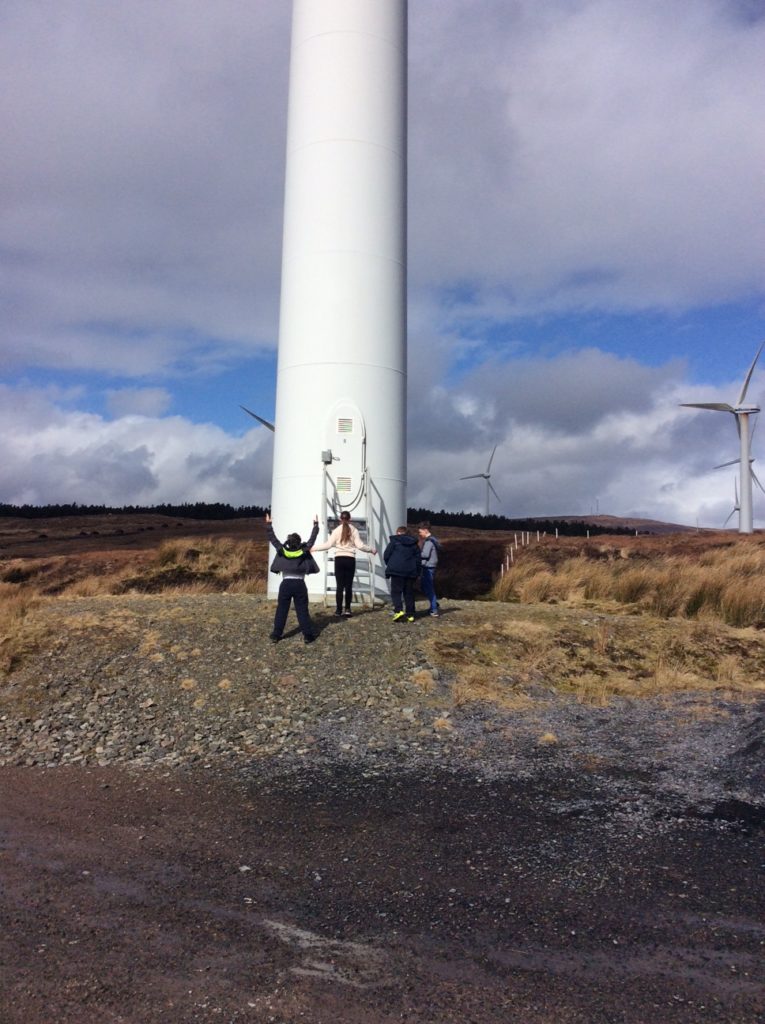
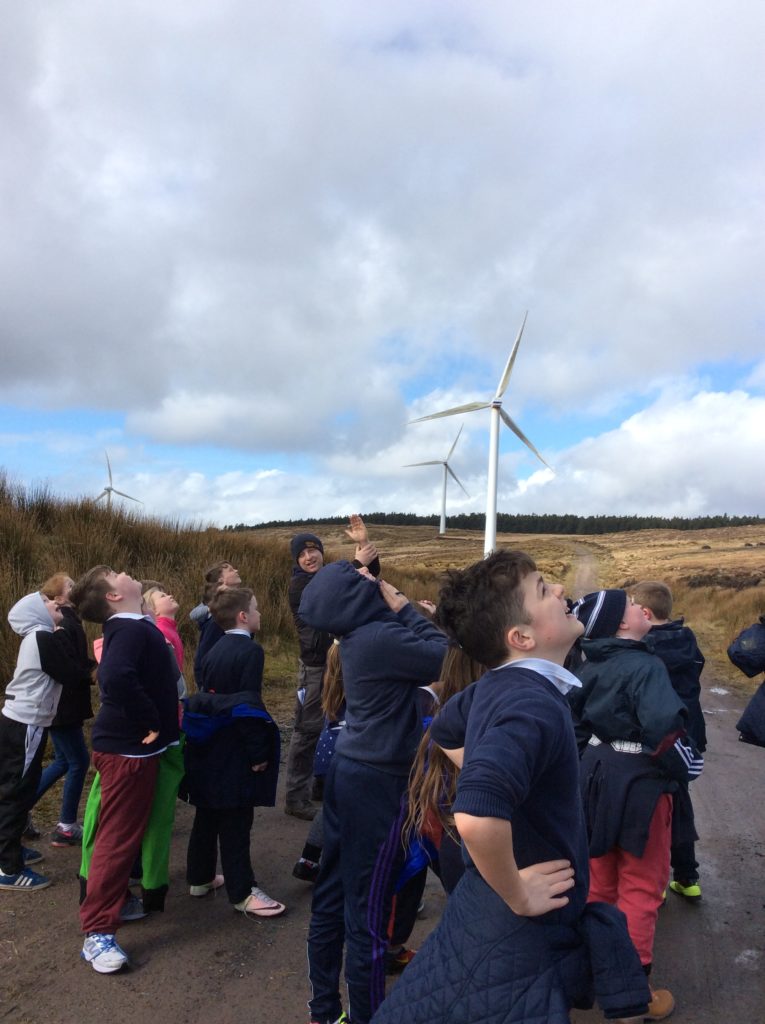
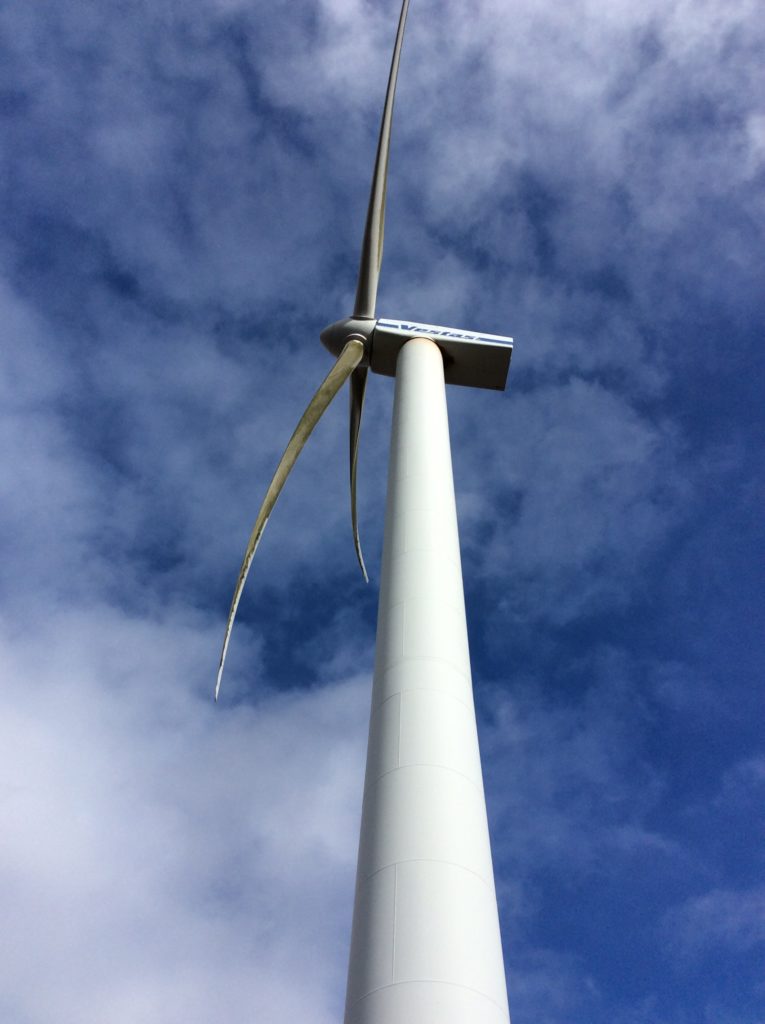
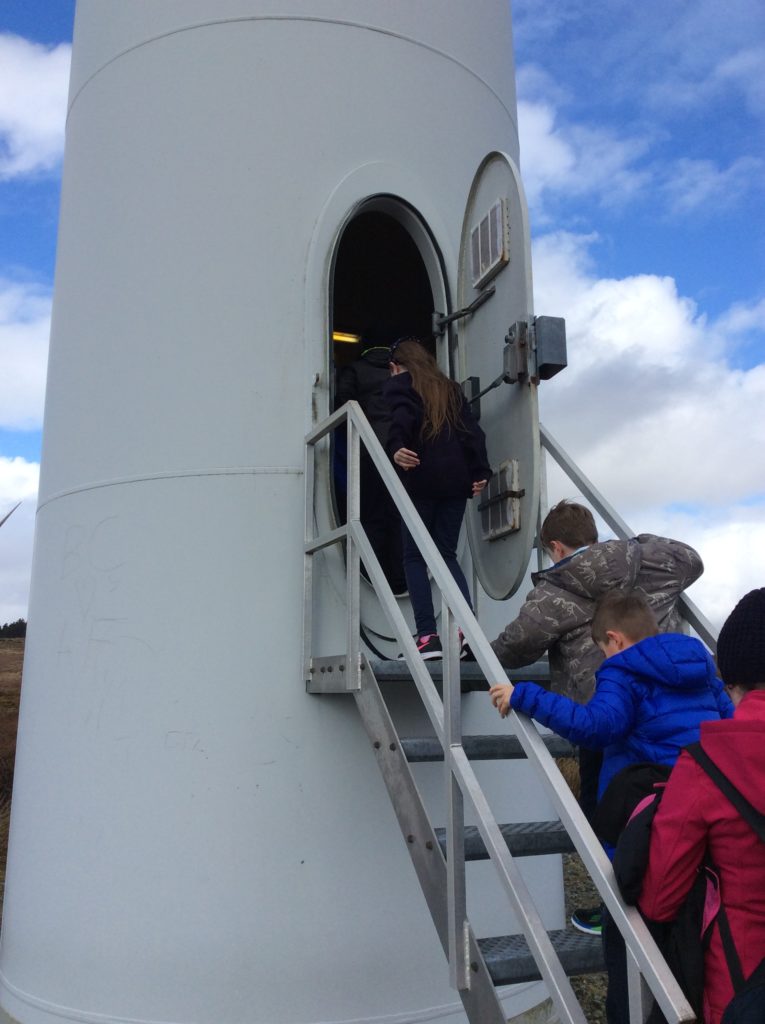

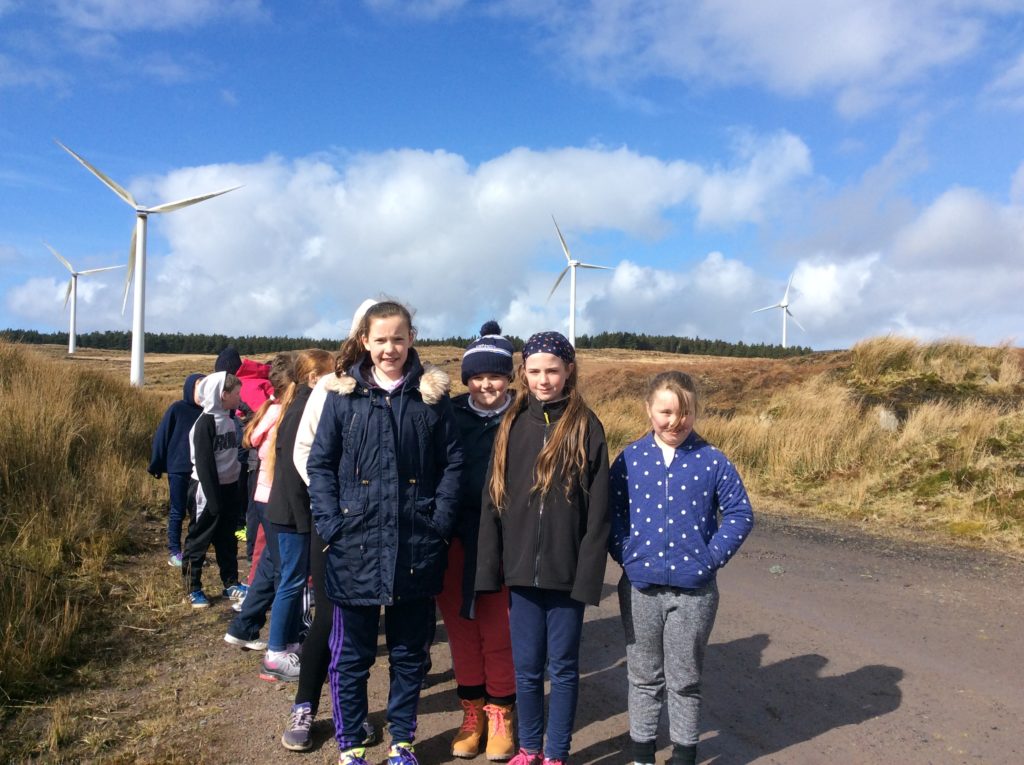
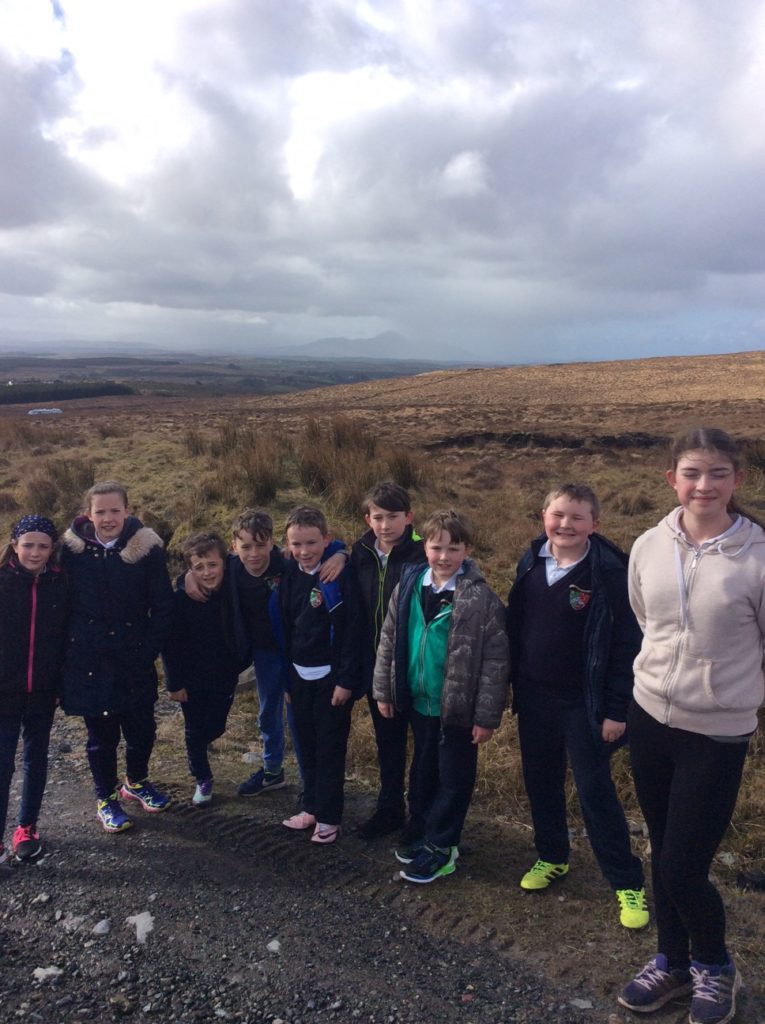
One of the children’s engineering challenges for the week was to make slime! To do this, they mixed half a cup of water with half a cup of PVA glue and stirred. Next they mixed a teaspoon of Borax powder with a cup of water. This and a few drops of green food colouring were stirred into the mixture! See the gooey results for yourself 🙂
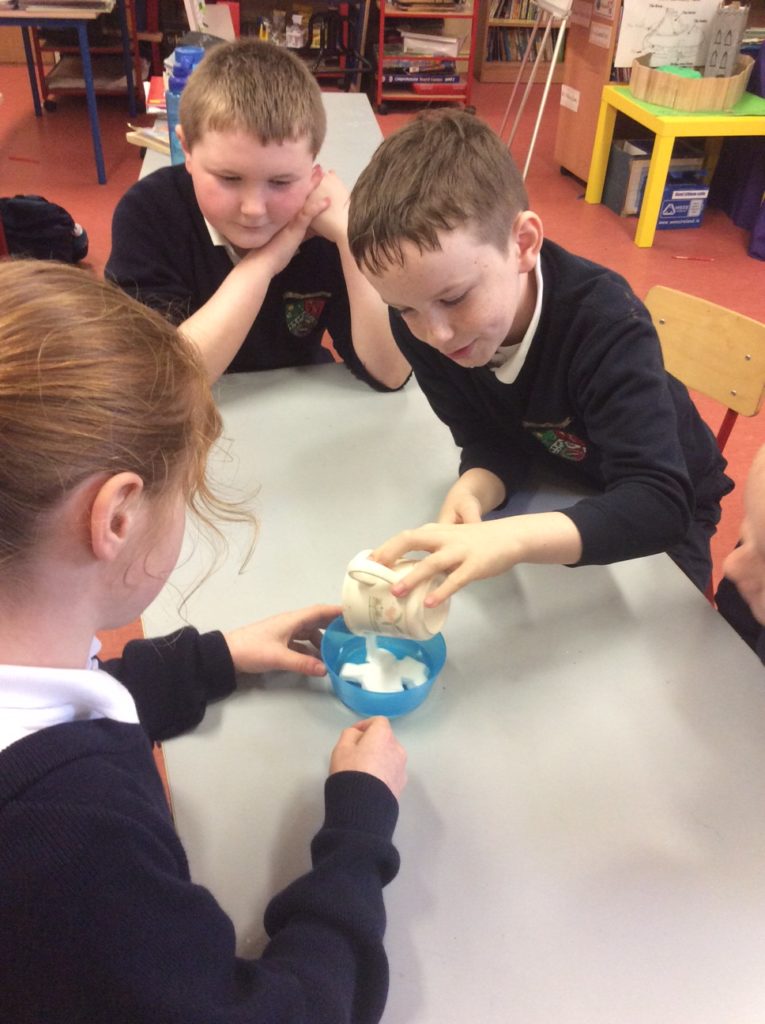
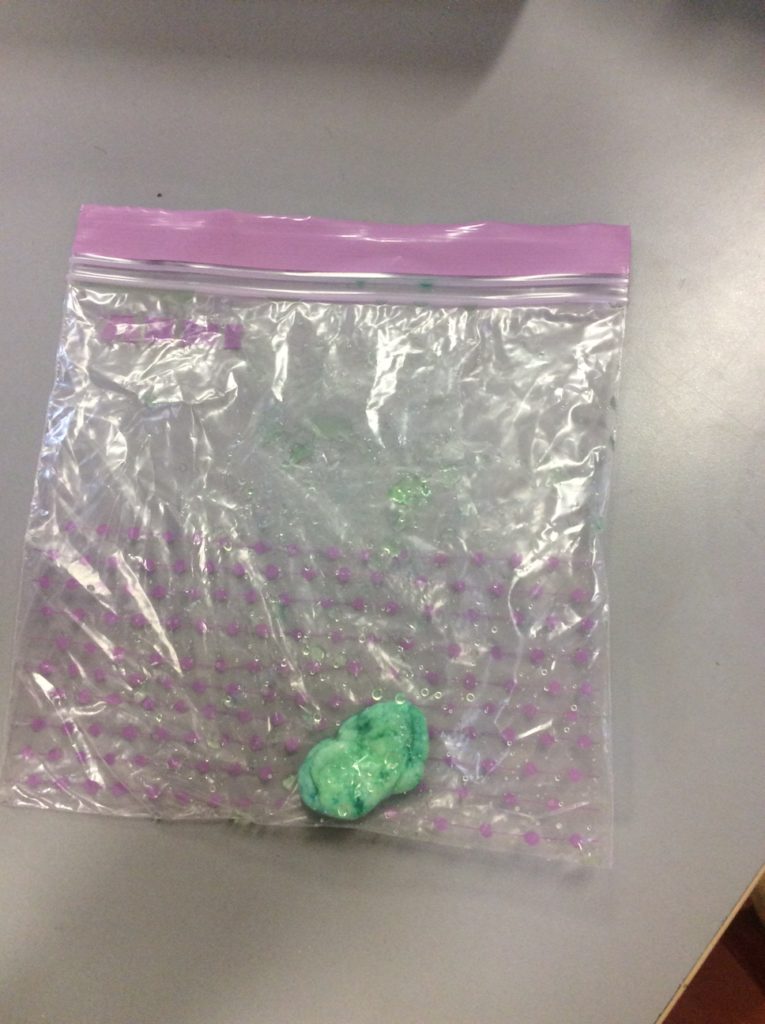
To mark Engineers Week 2017, a civil engineer visited our school to talk about his job and explain how bridges are constructed. Children had the opportunity to use some of his equipment and ask plenty of questions!! The children in the senior classroom are now in the process of building their own bridges! 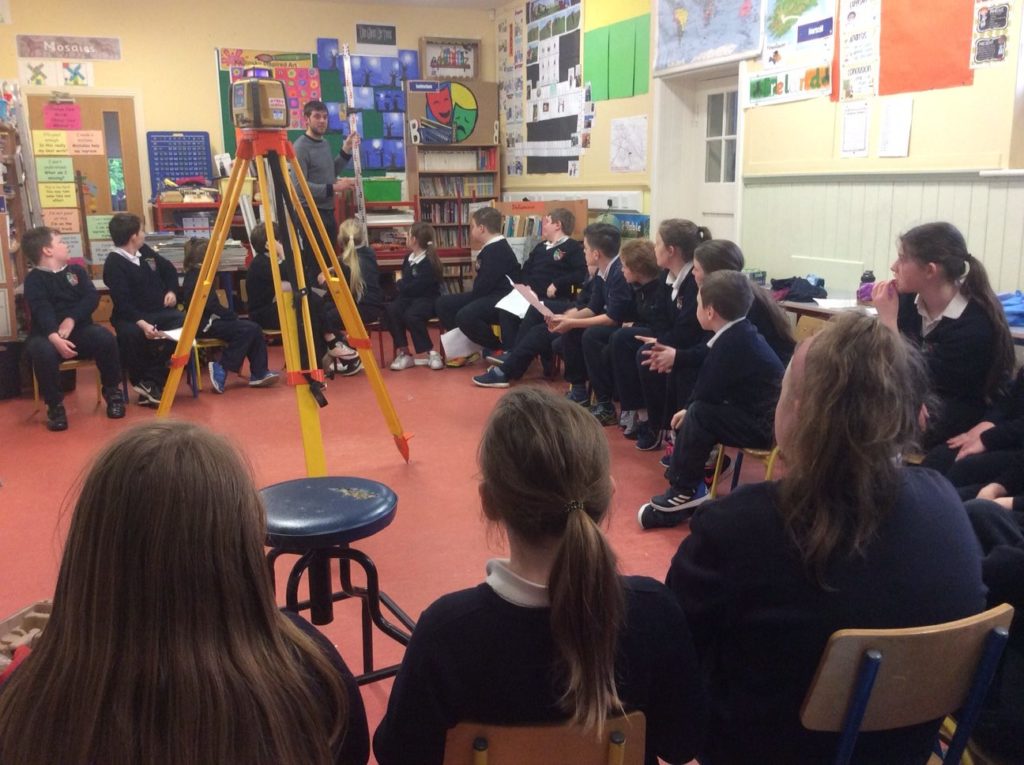
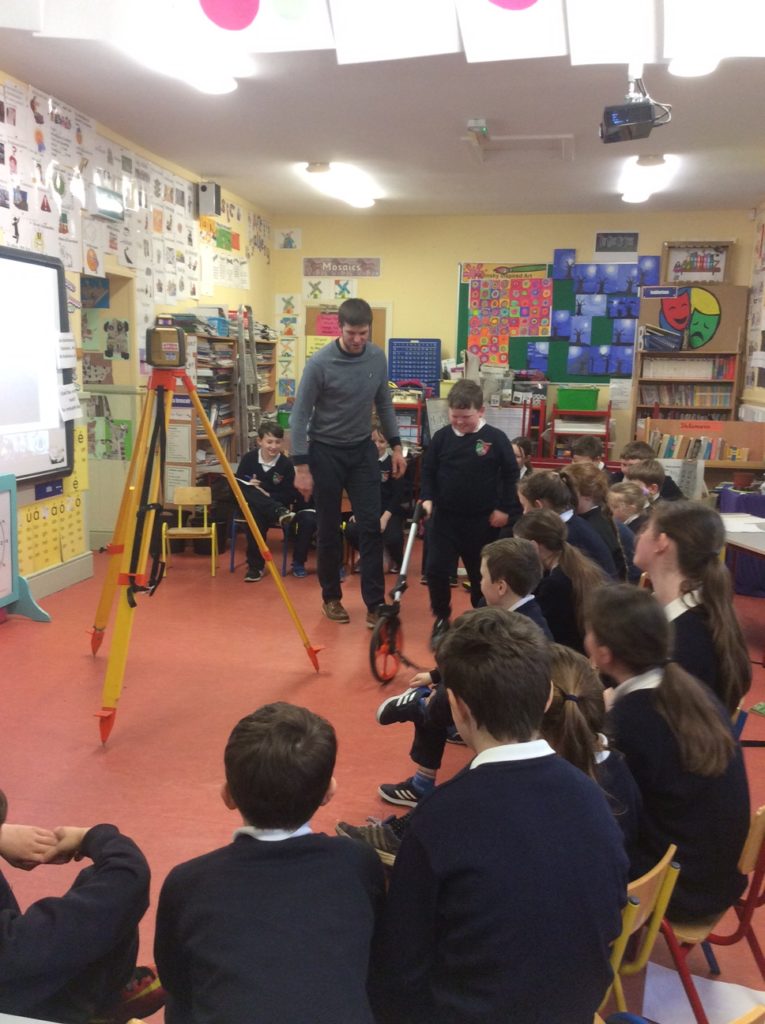
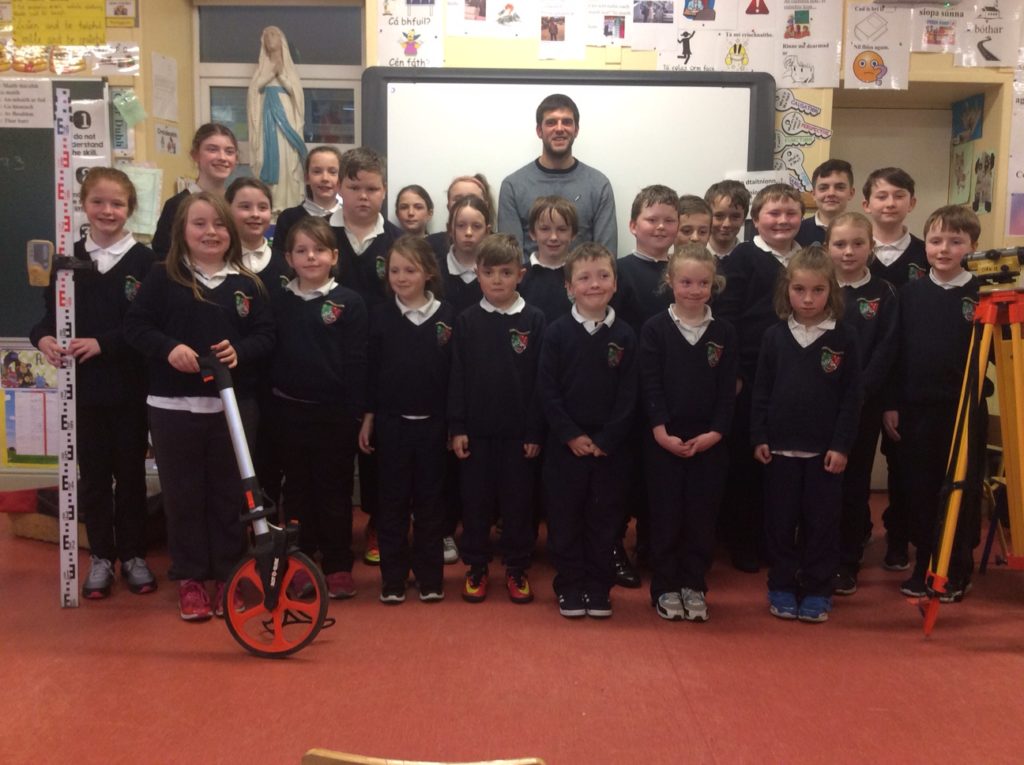
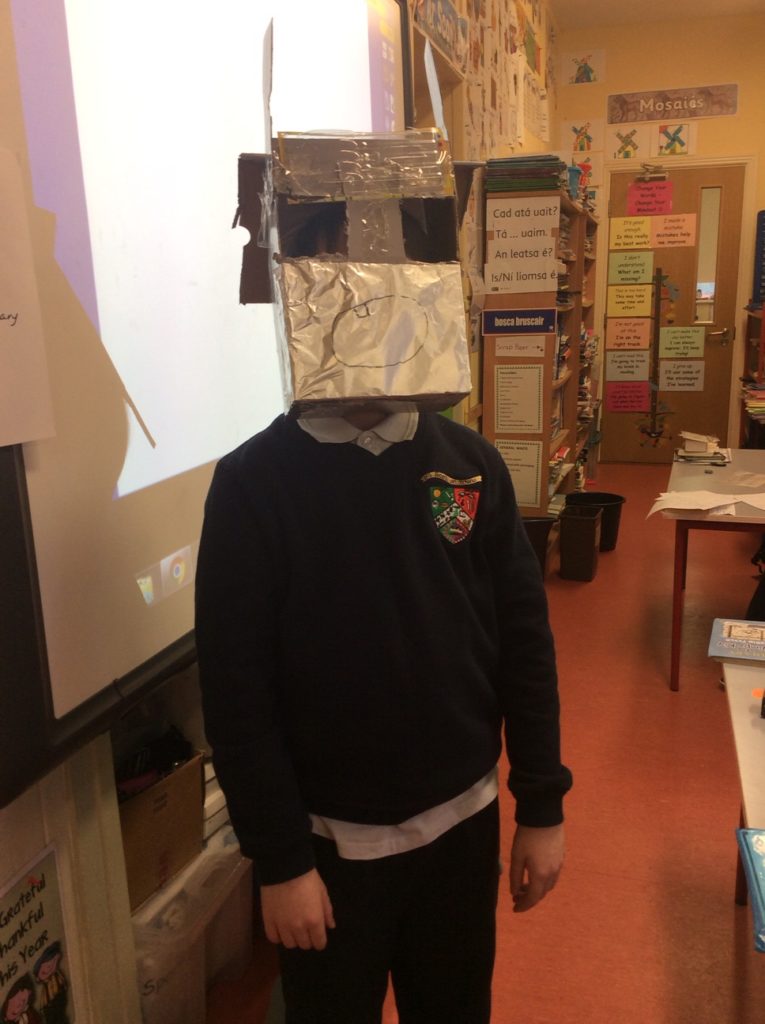
Killian made his own mask using recyclable materials. Lots of imagination at play here!
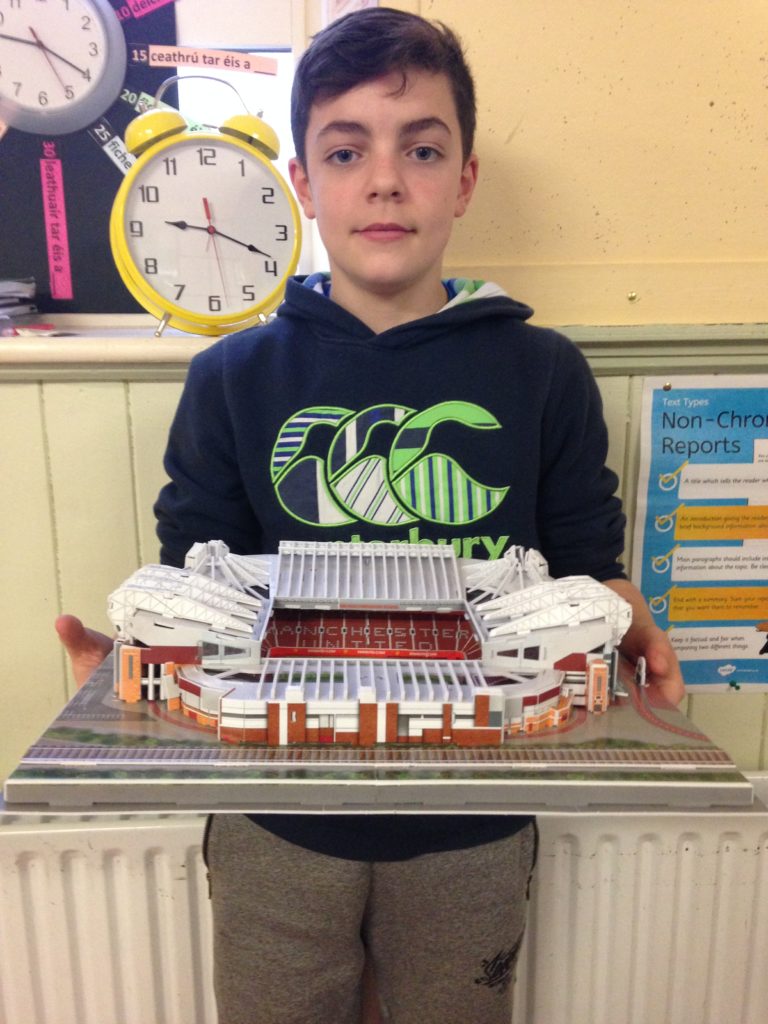
Cian’s spent hours piecing together his model of Old Trafford!